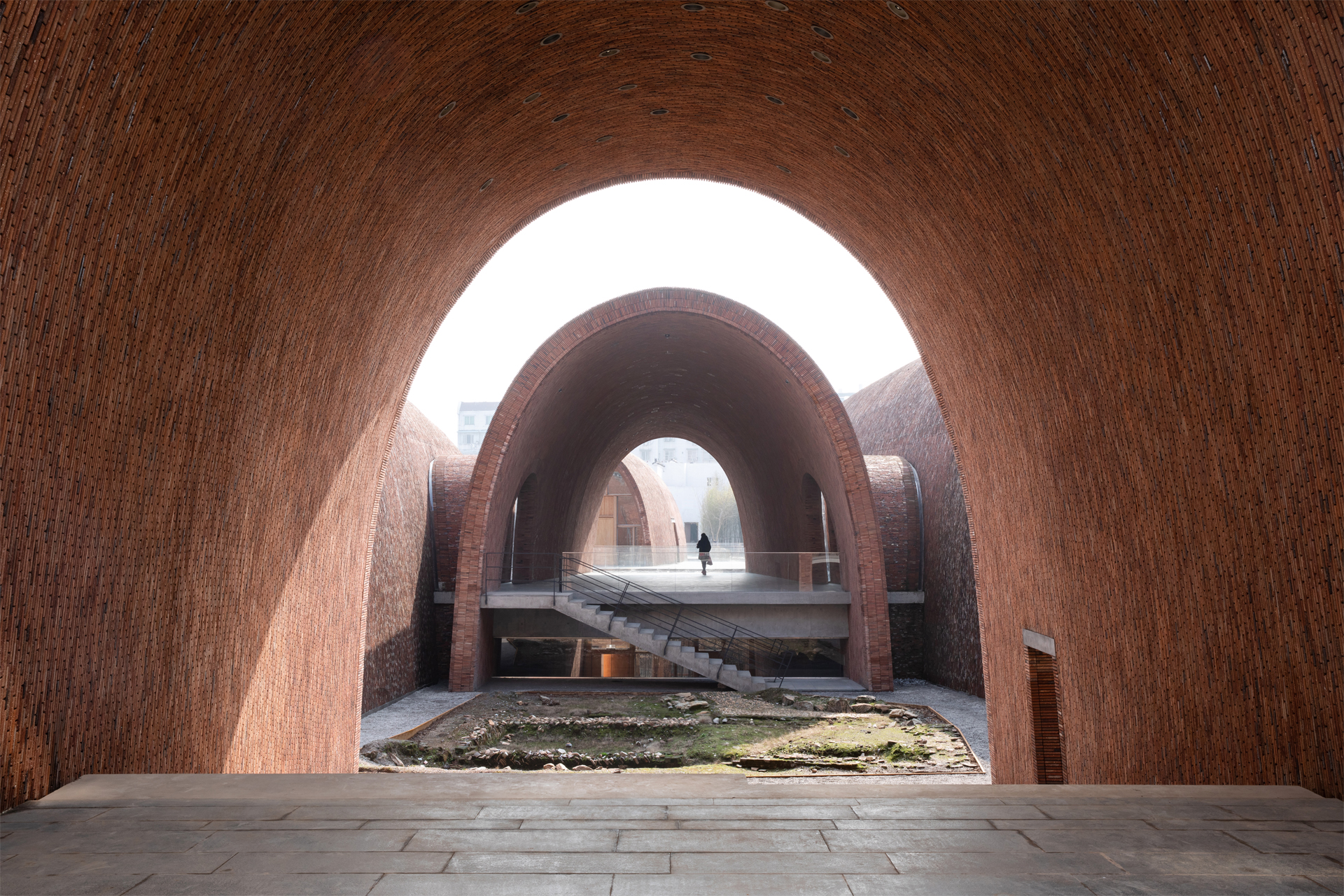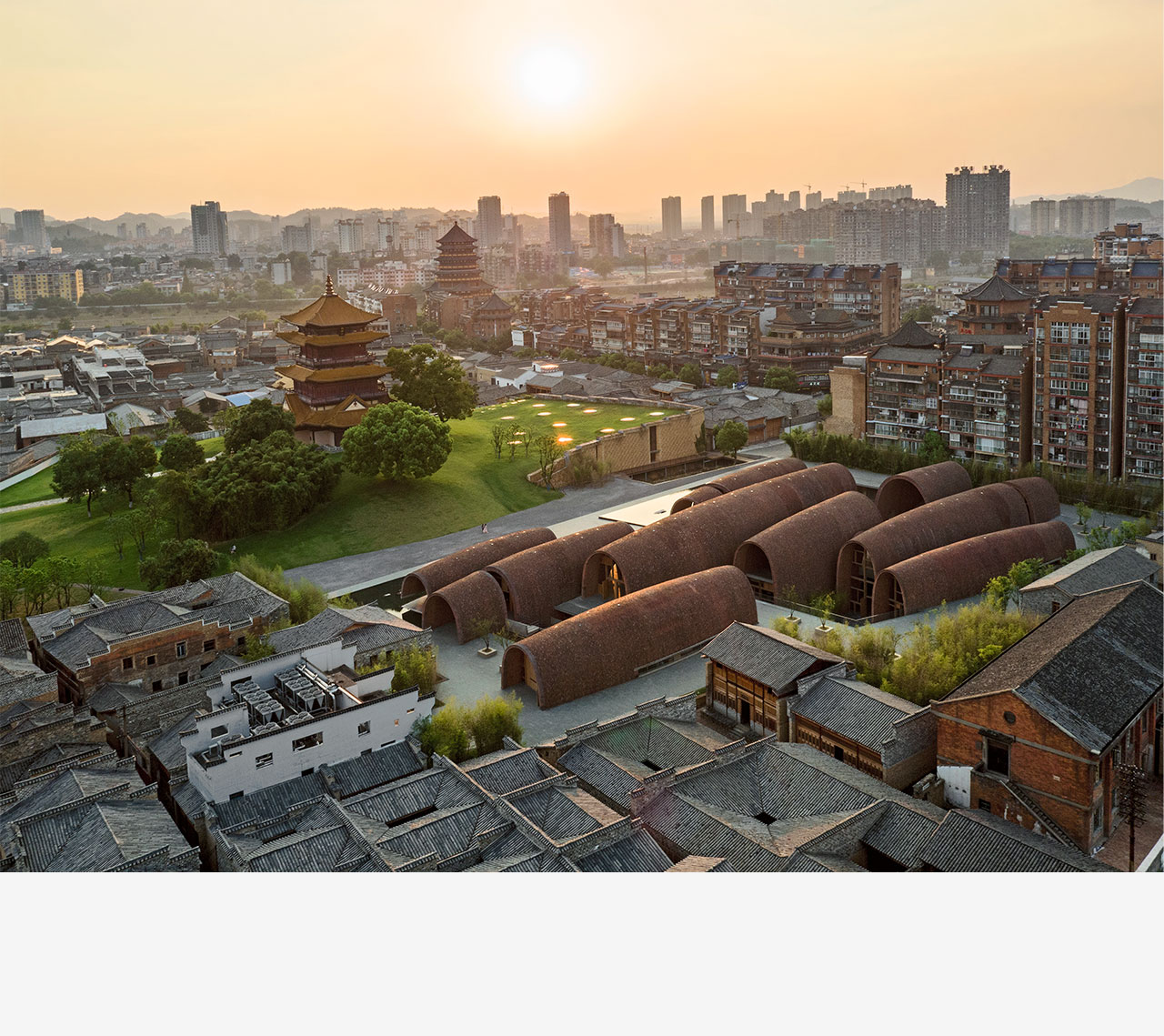


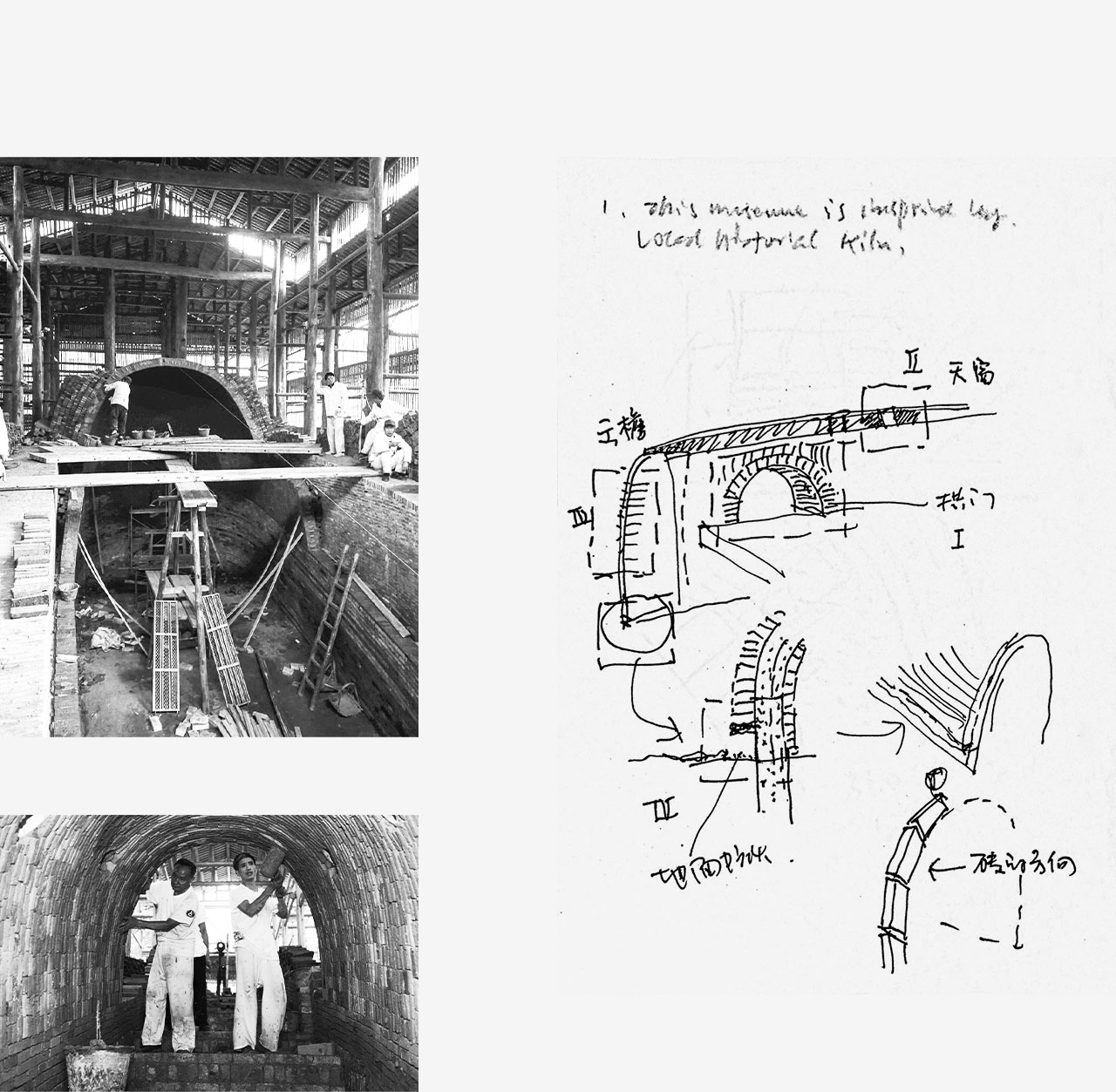
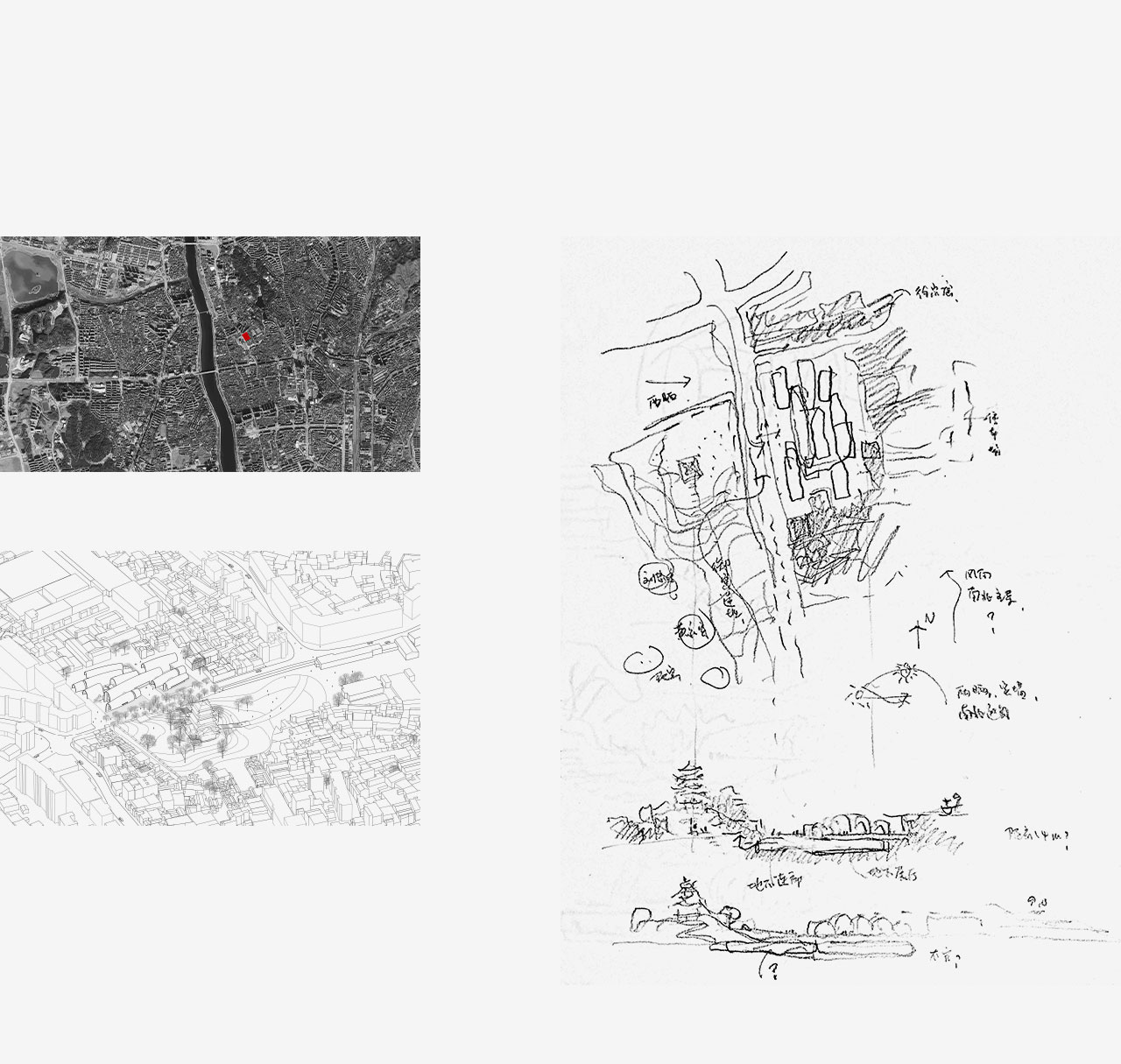
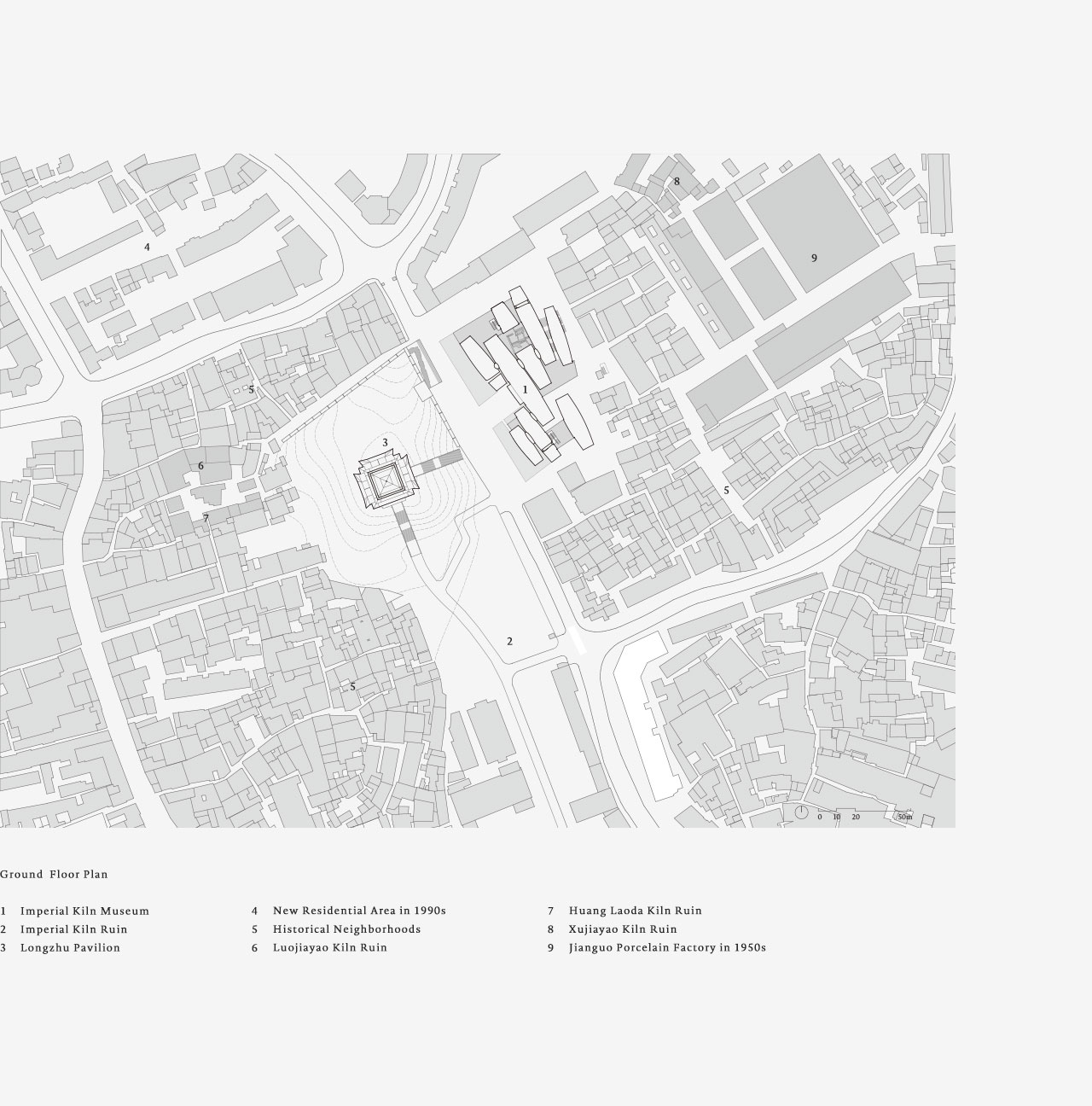
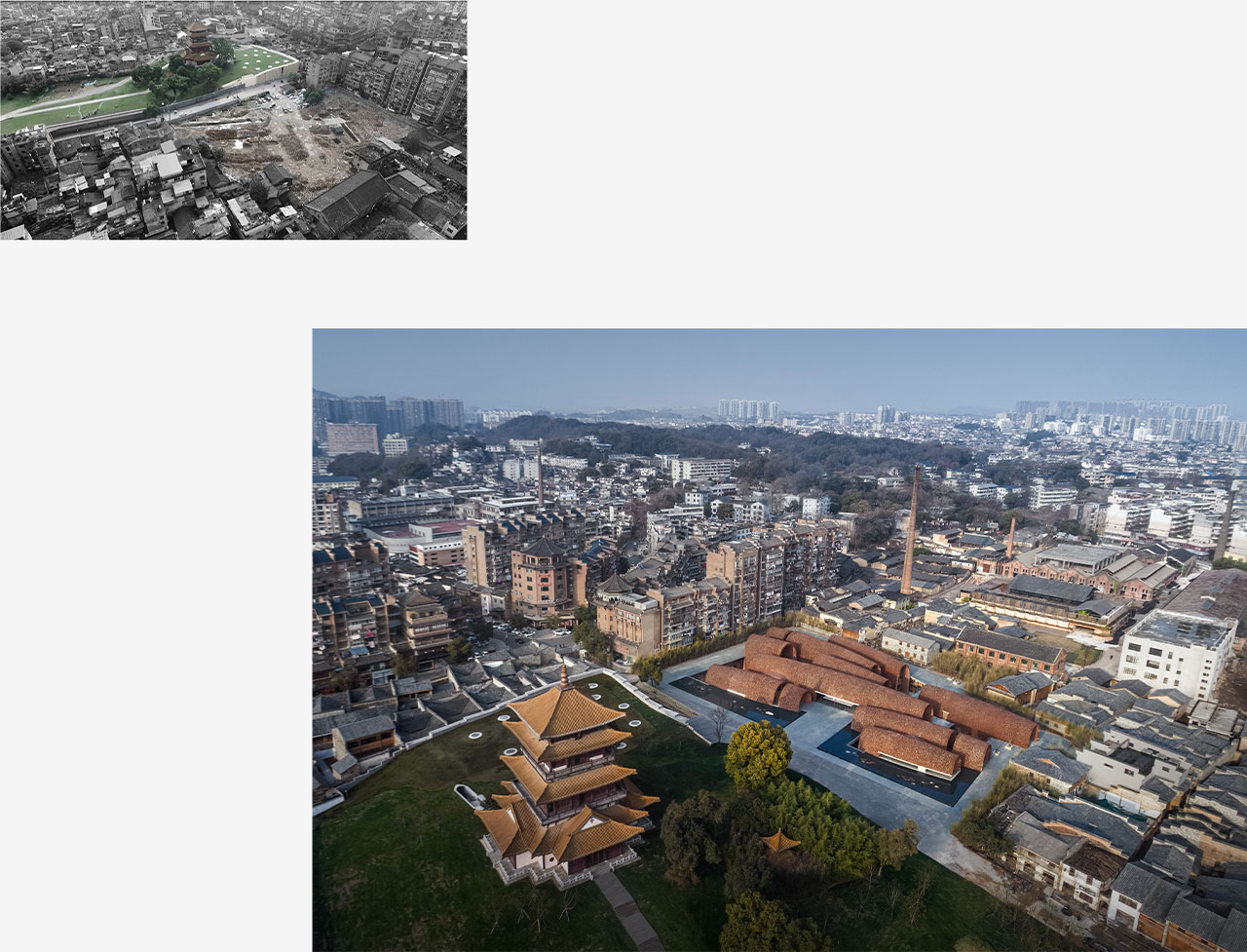
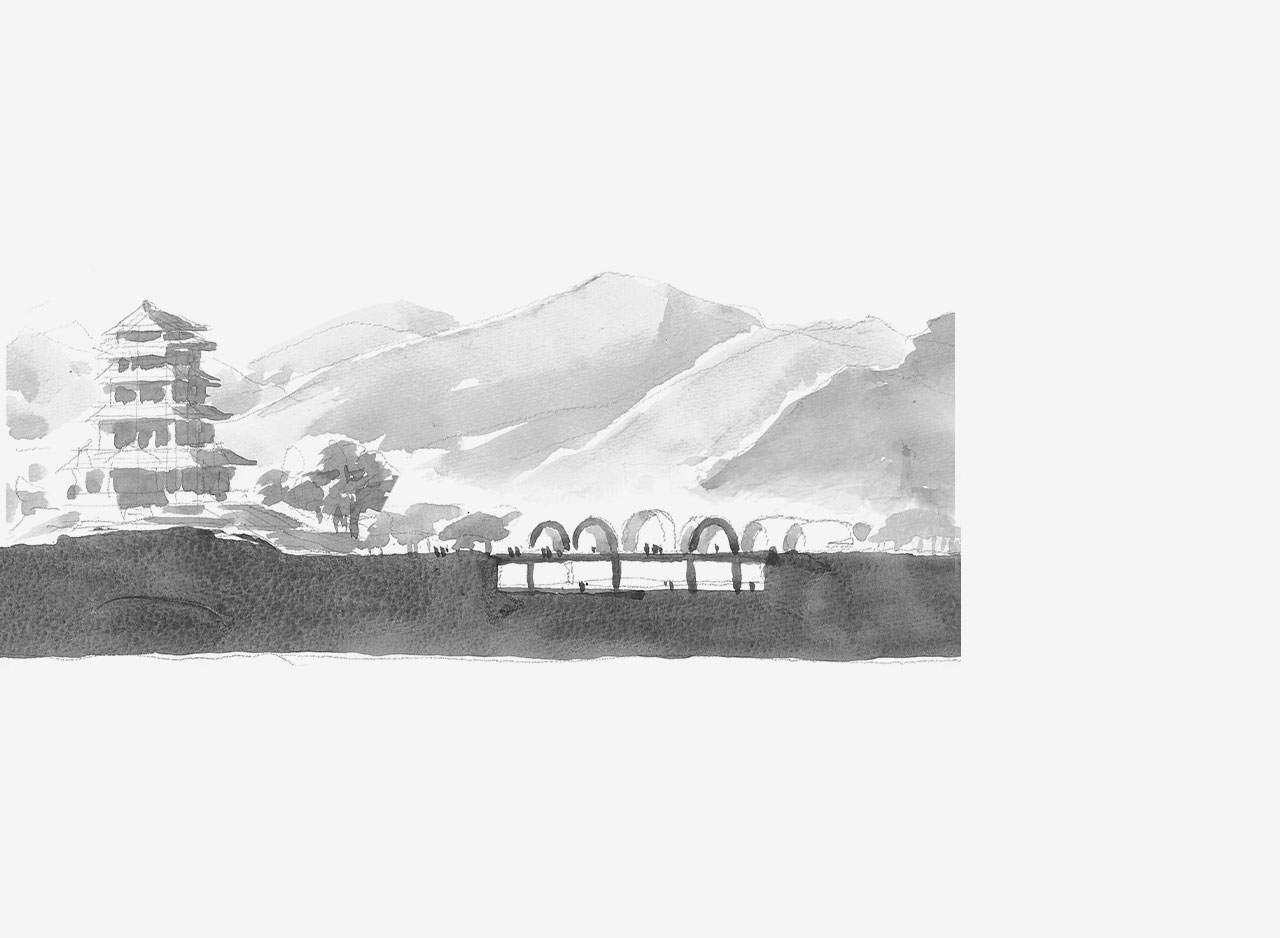
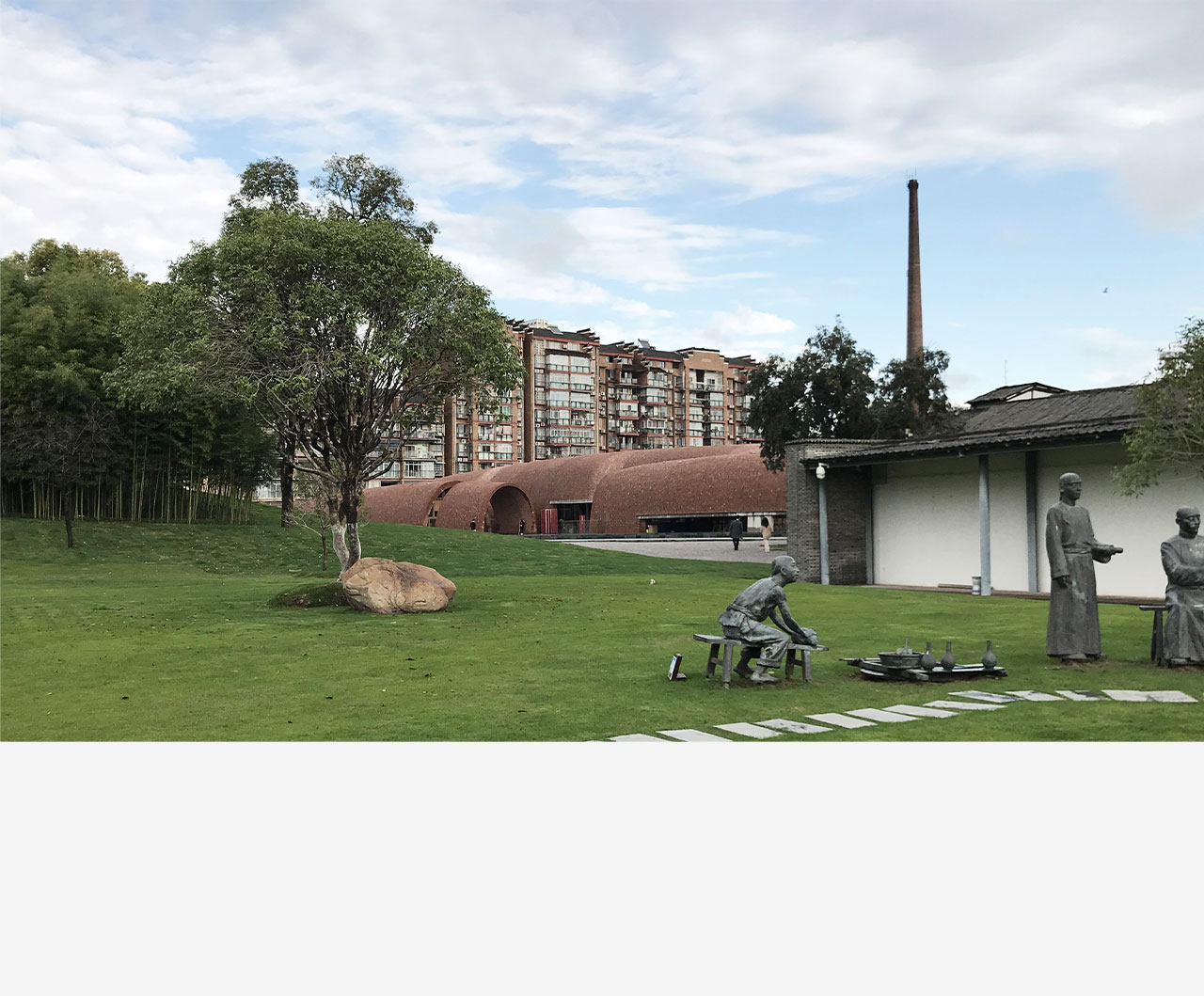
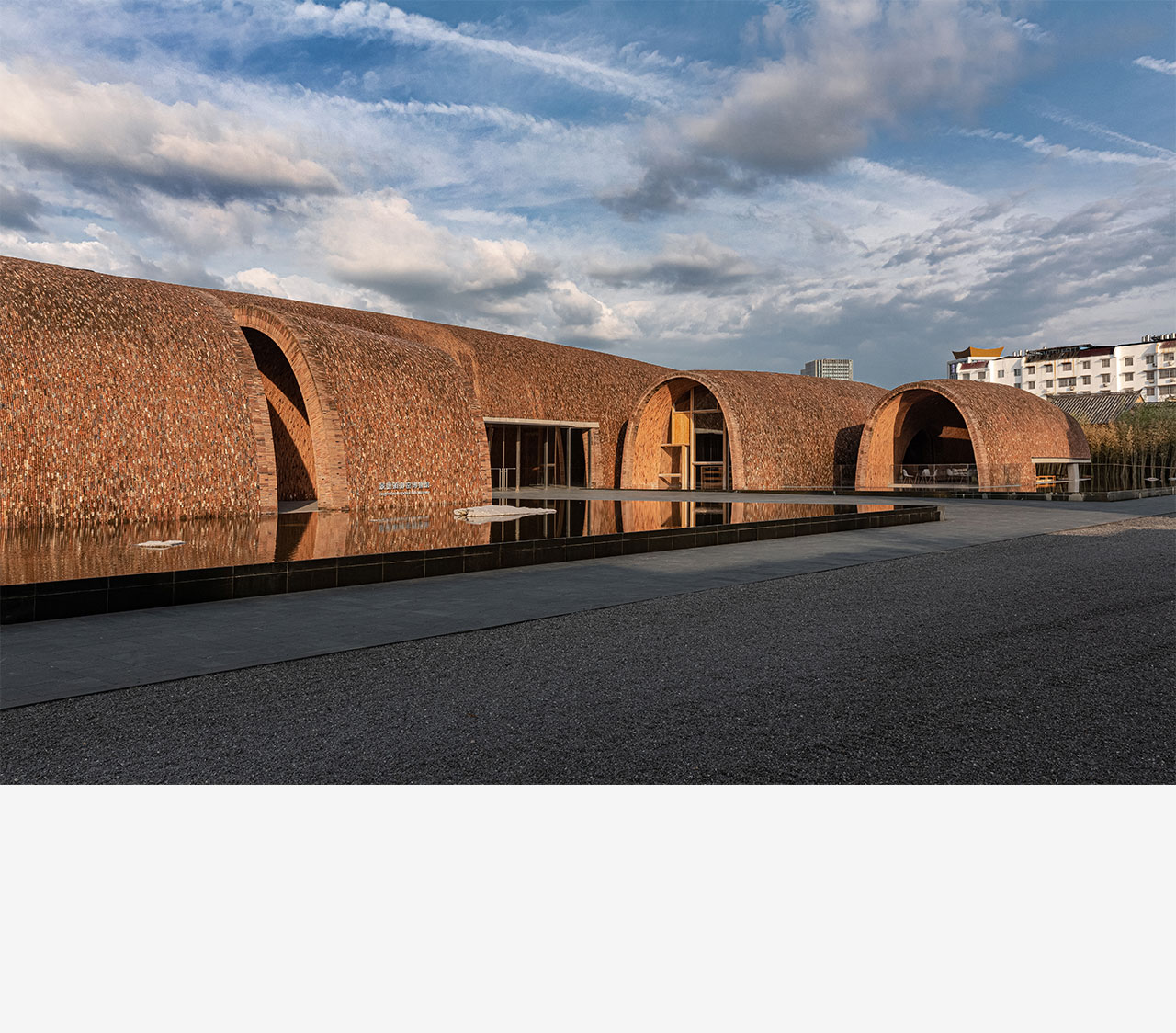
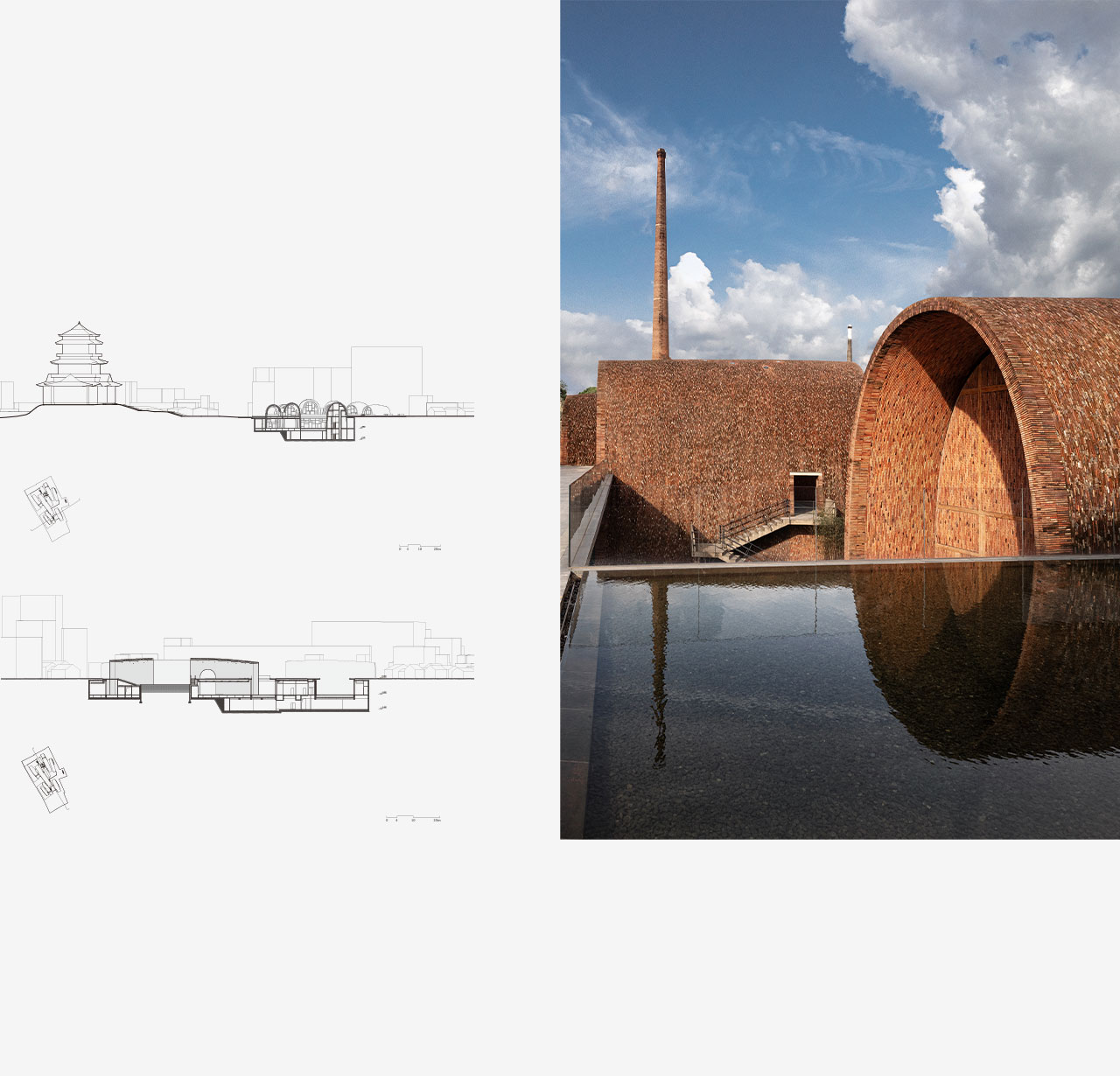
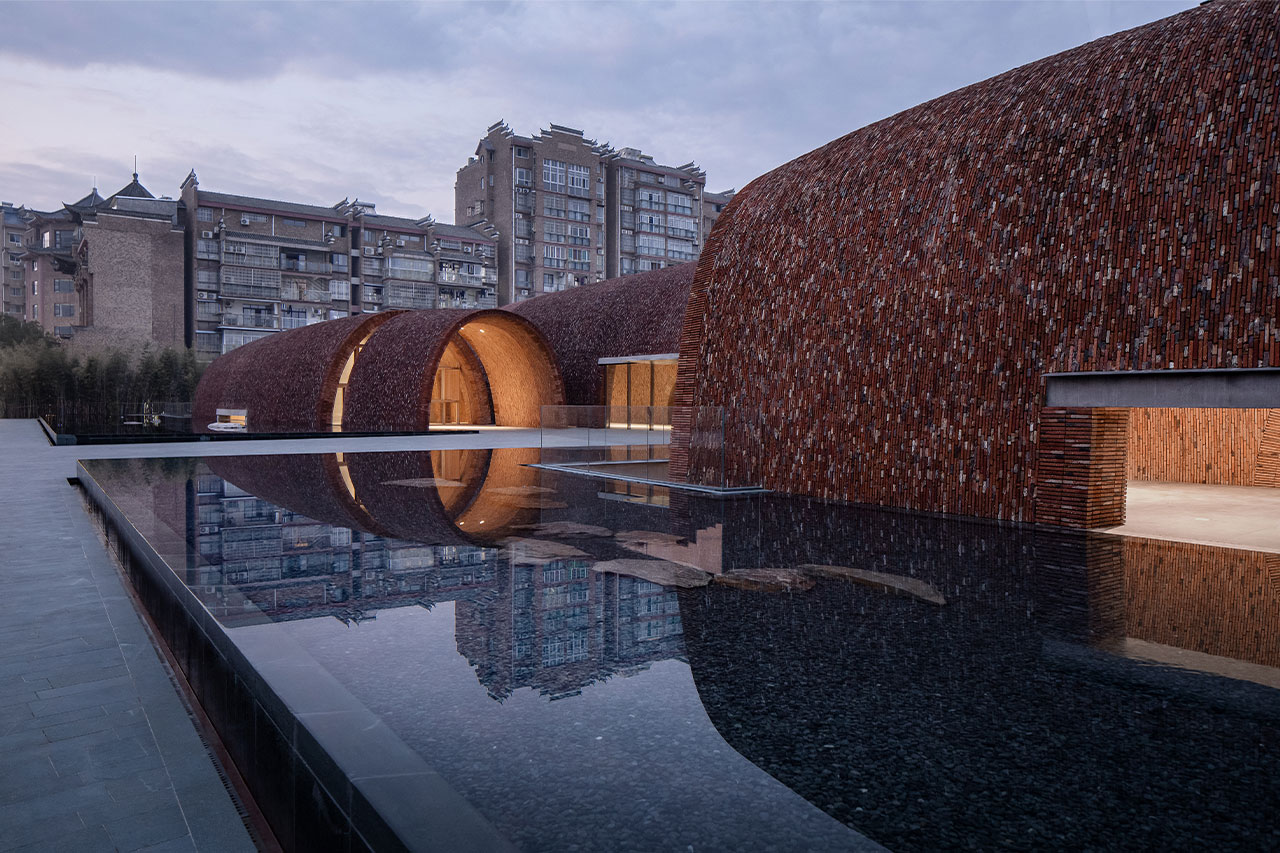
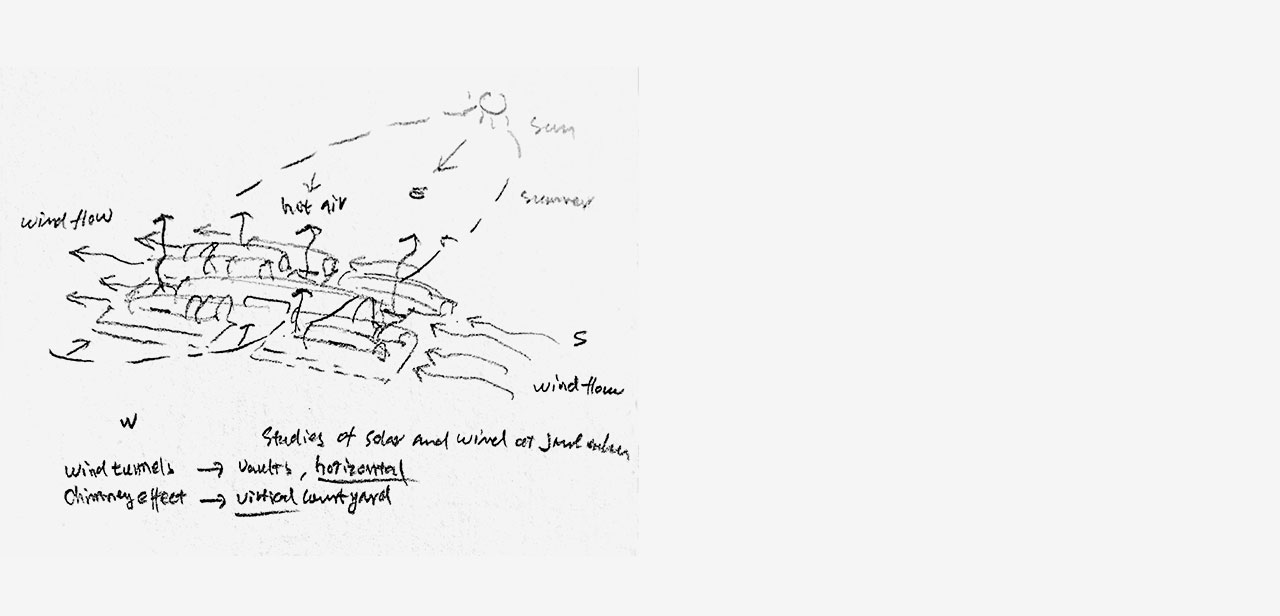
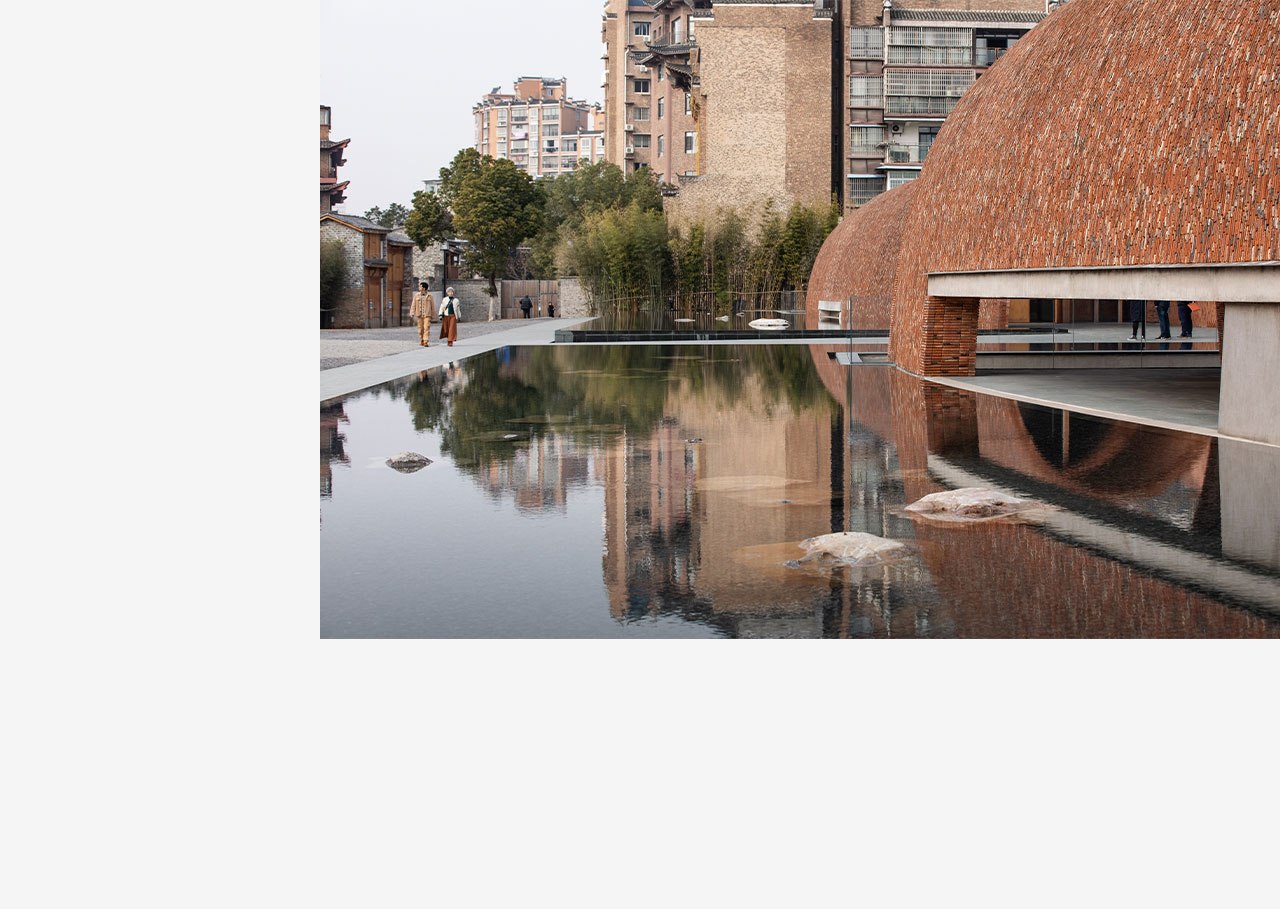
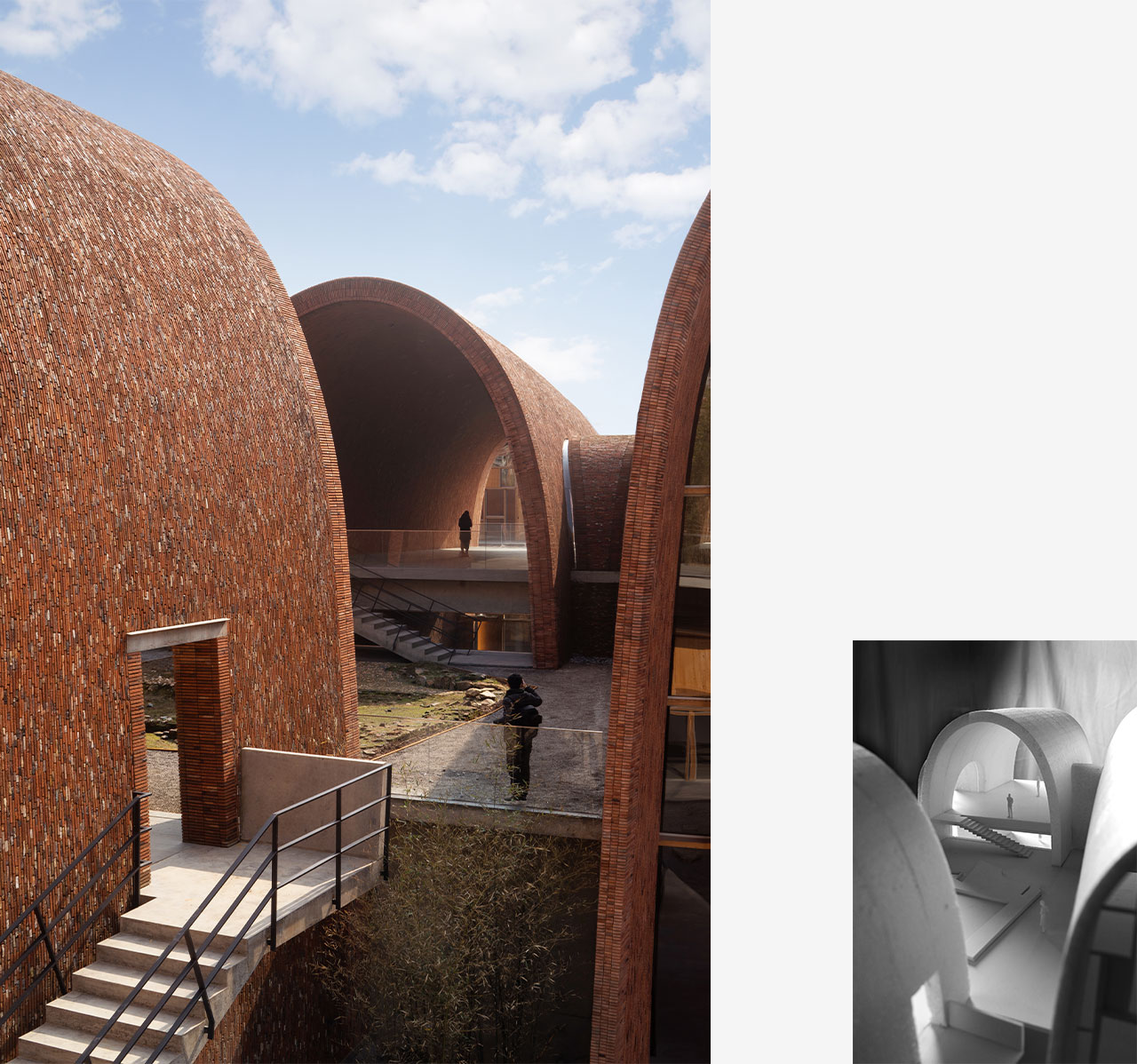
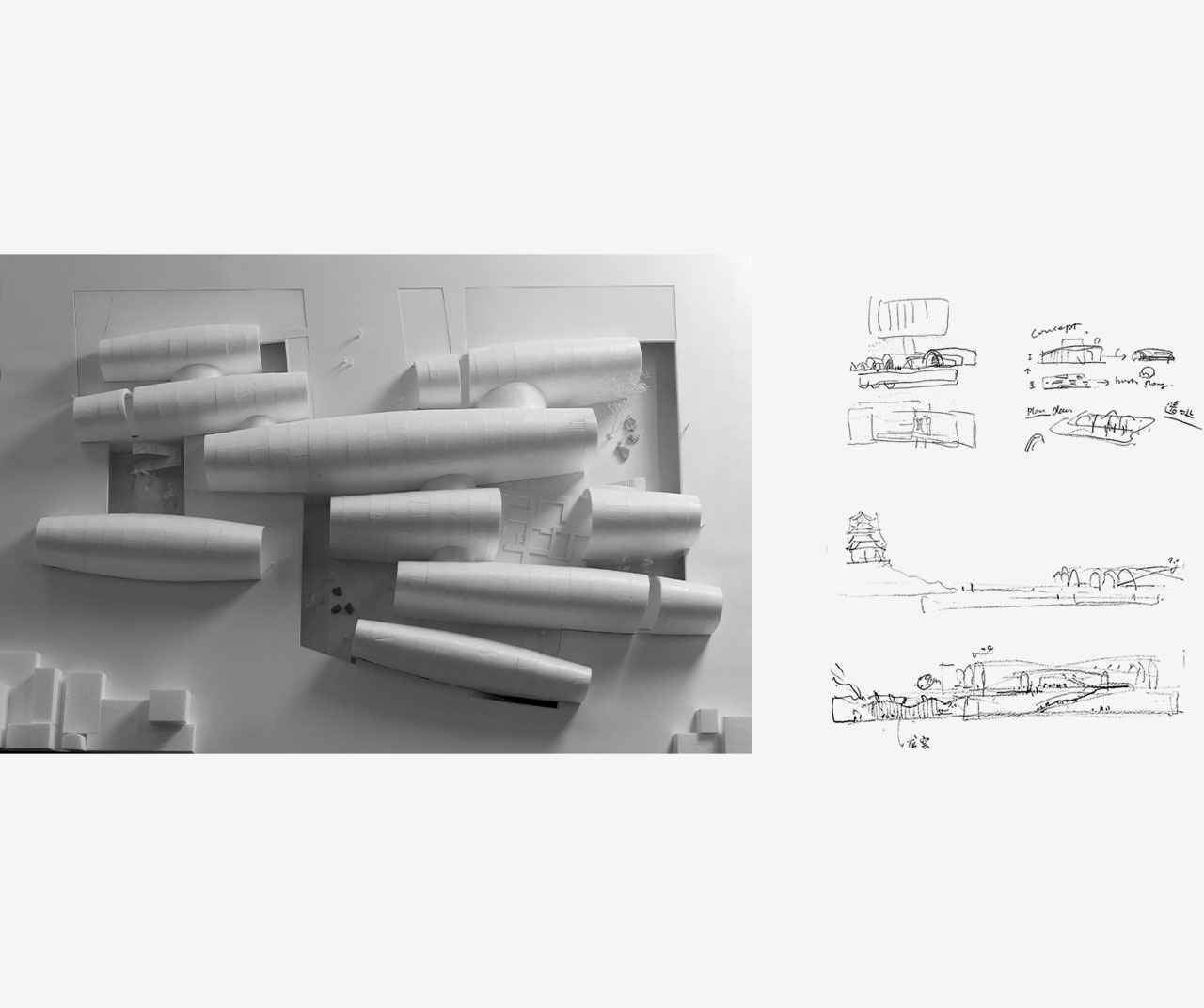
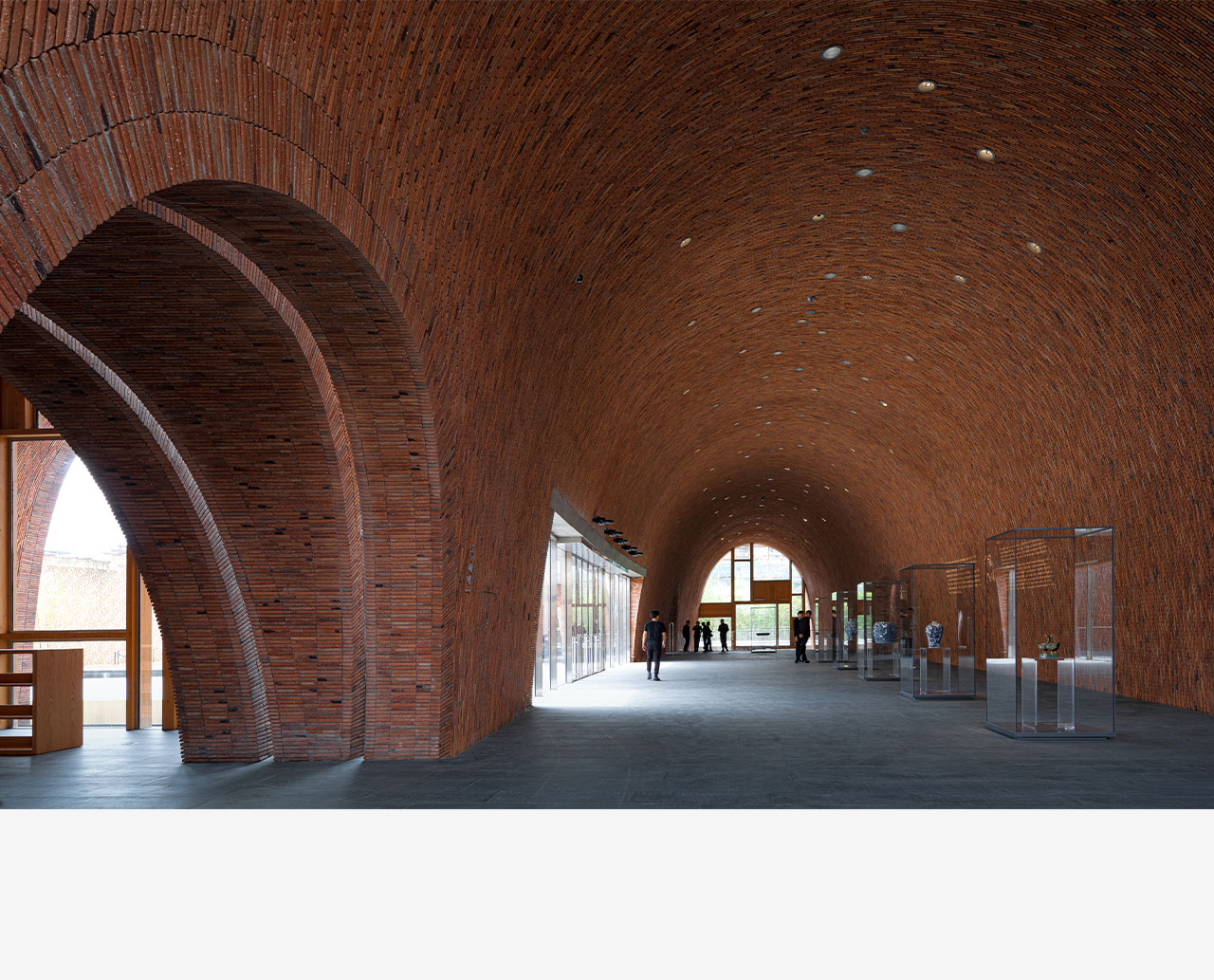
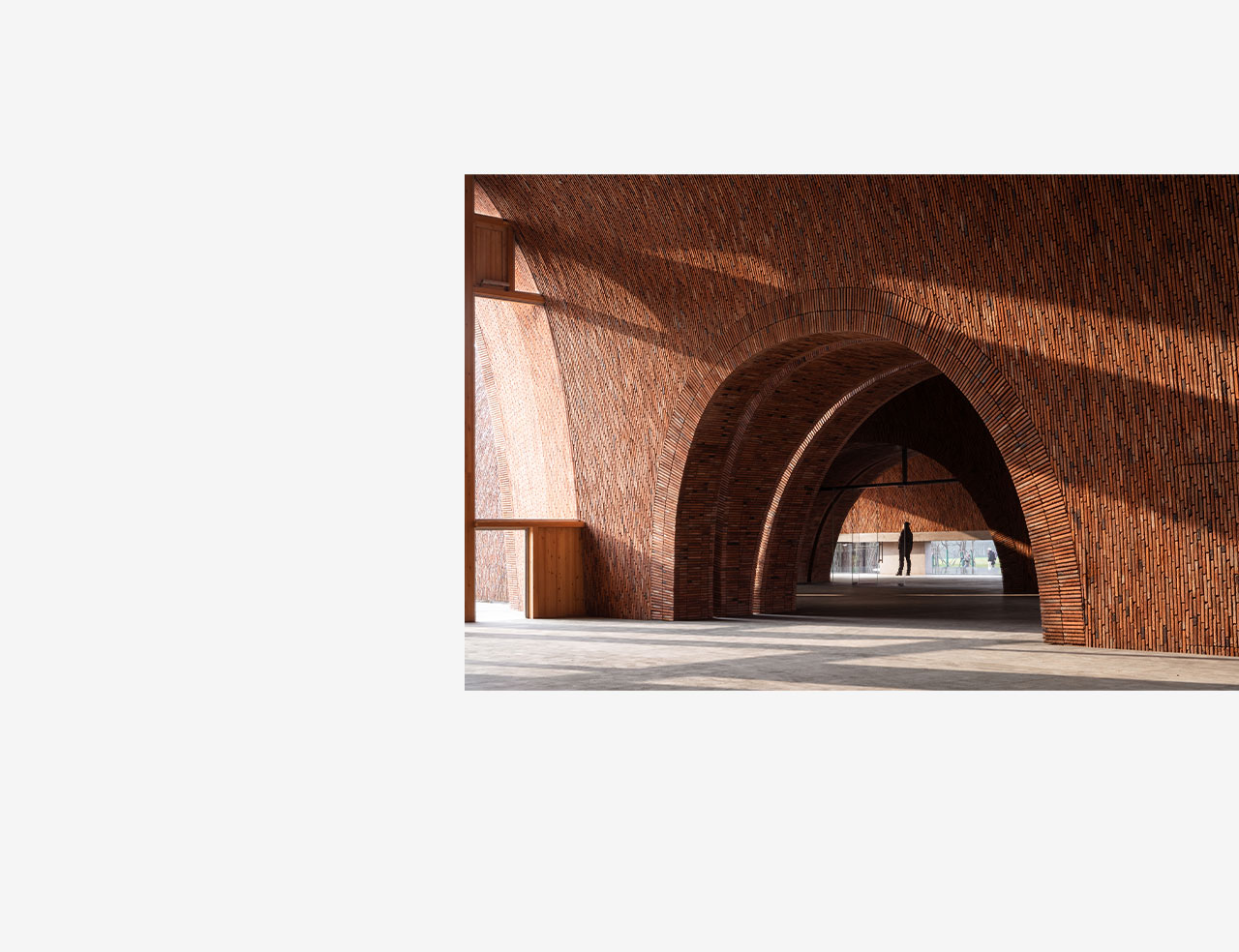
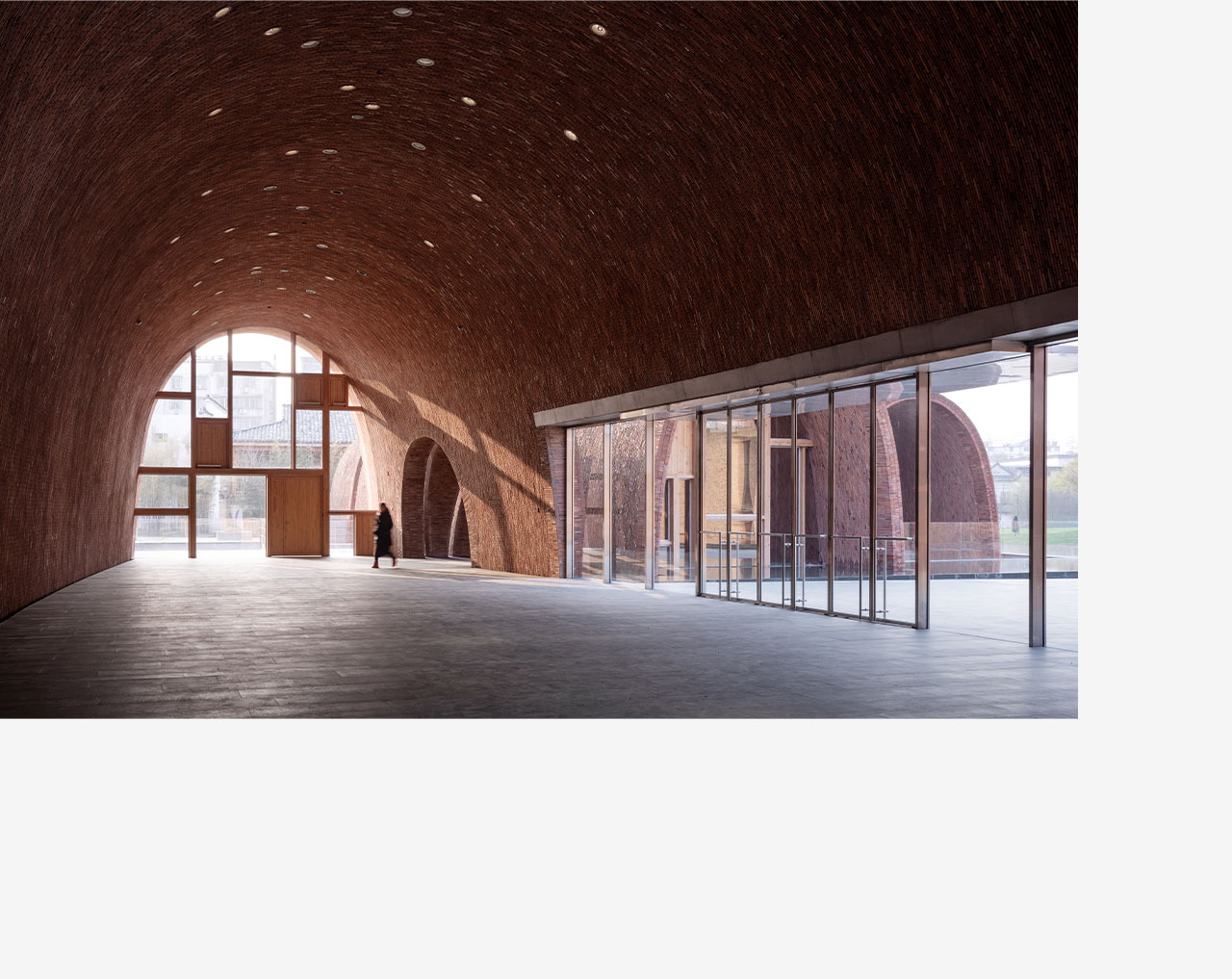
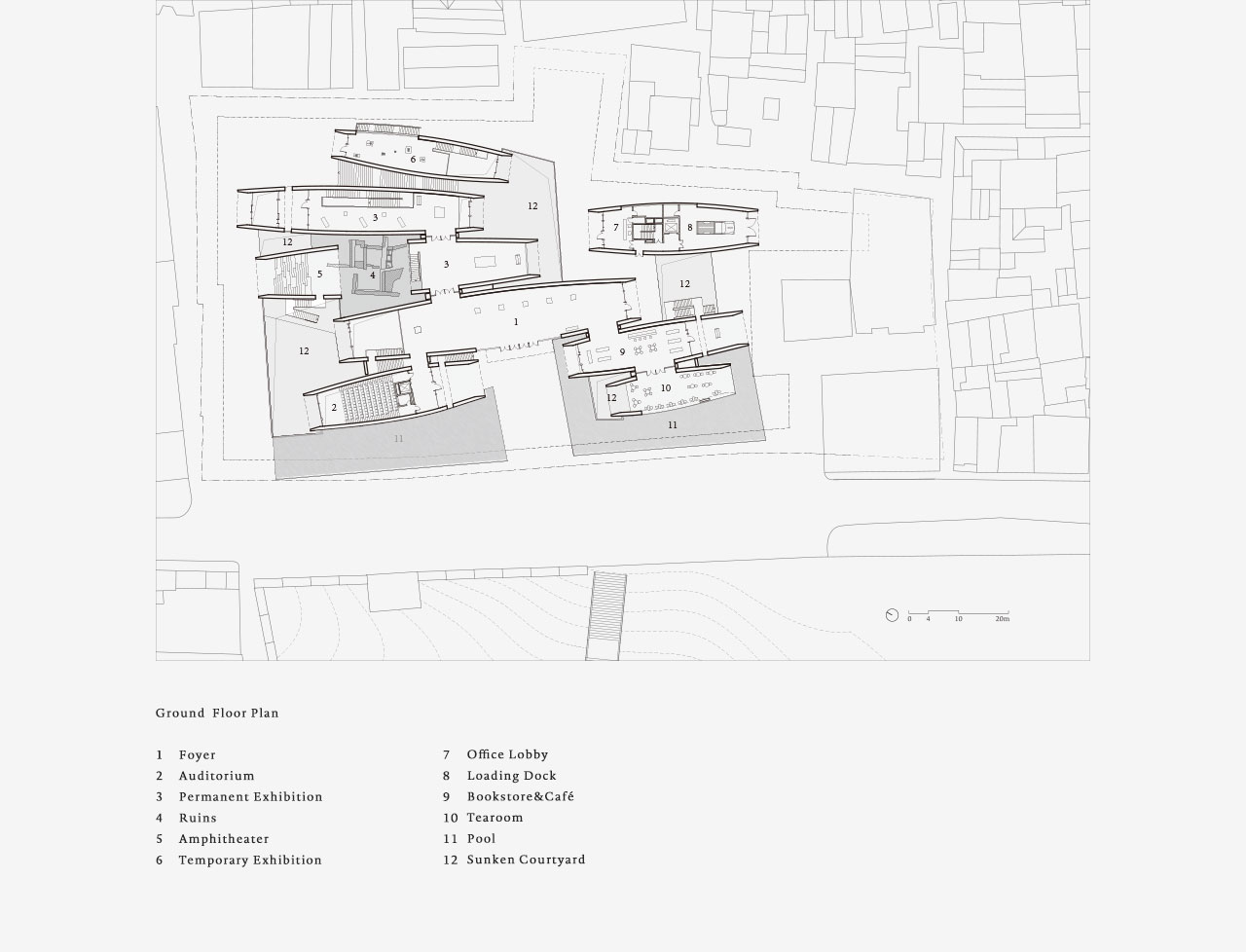
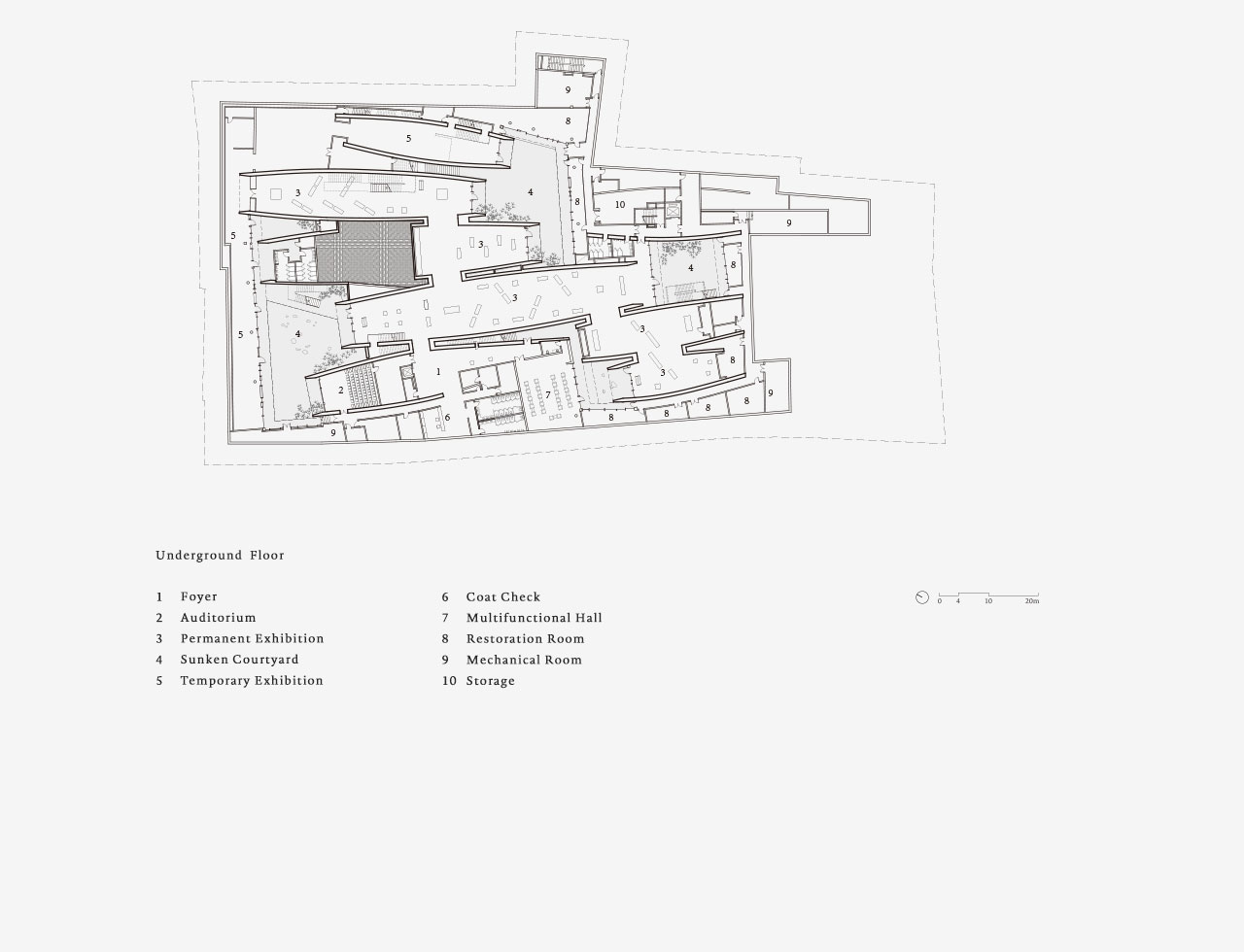
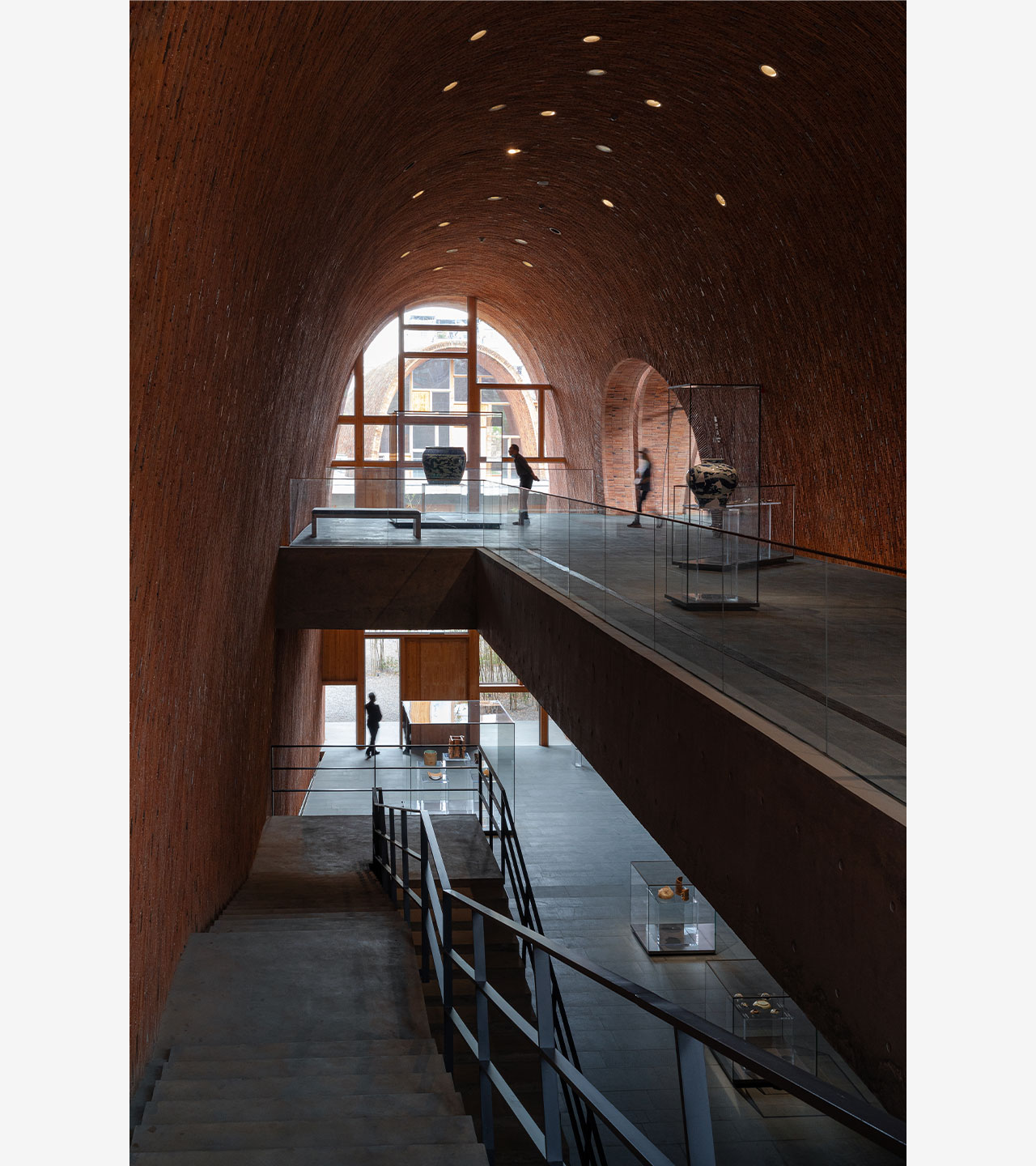
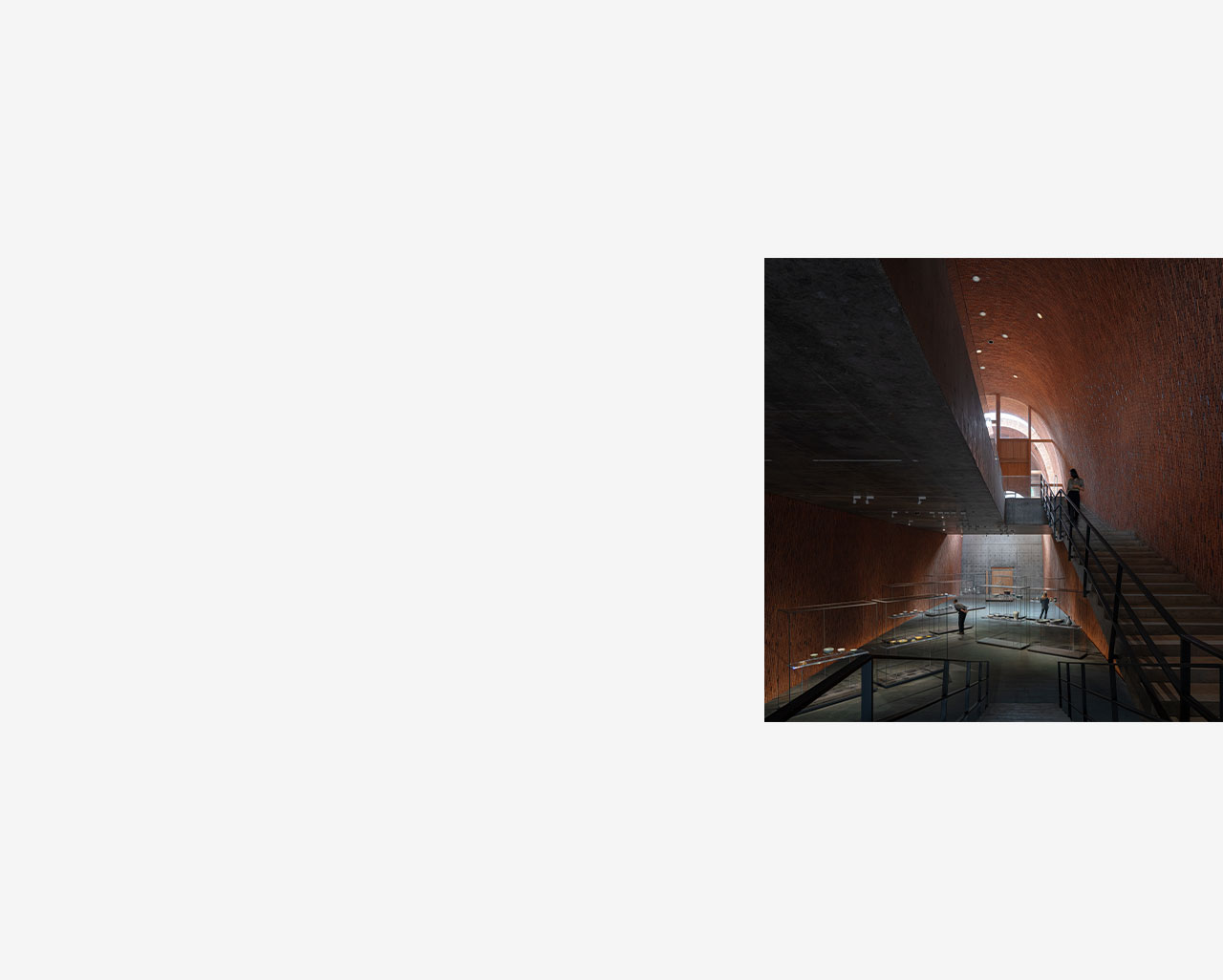
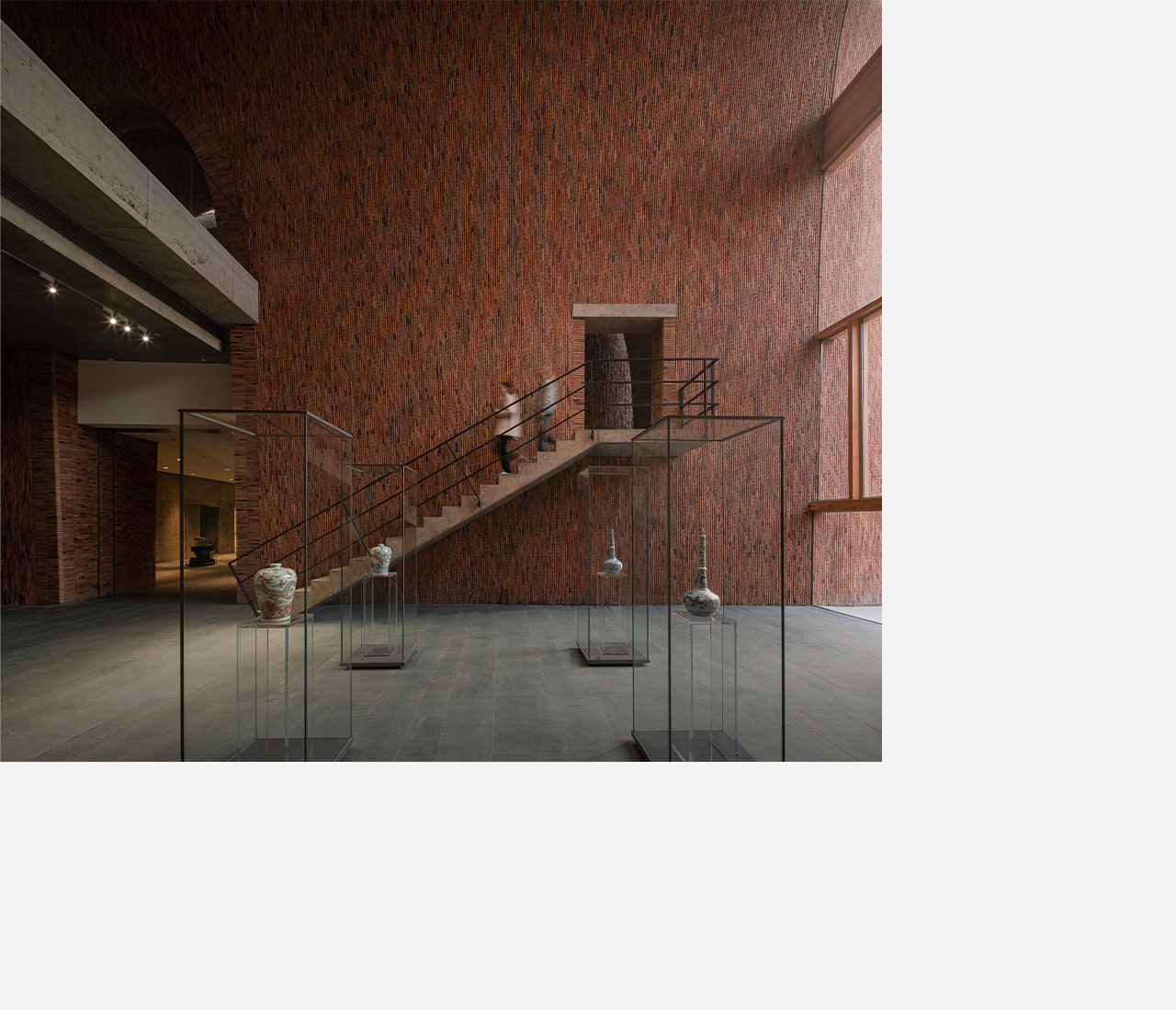
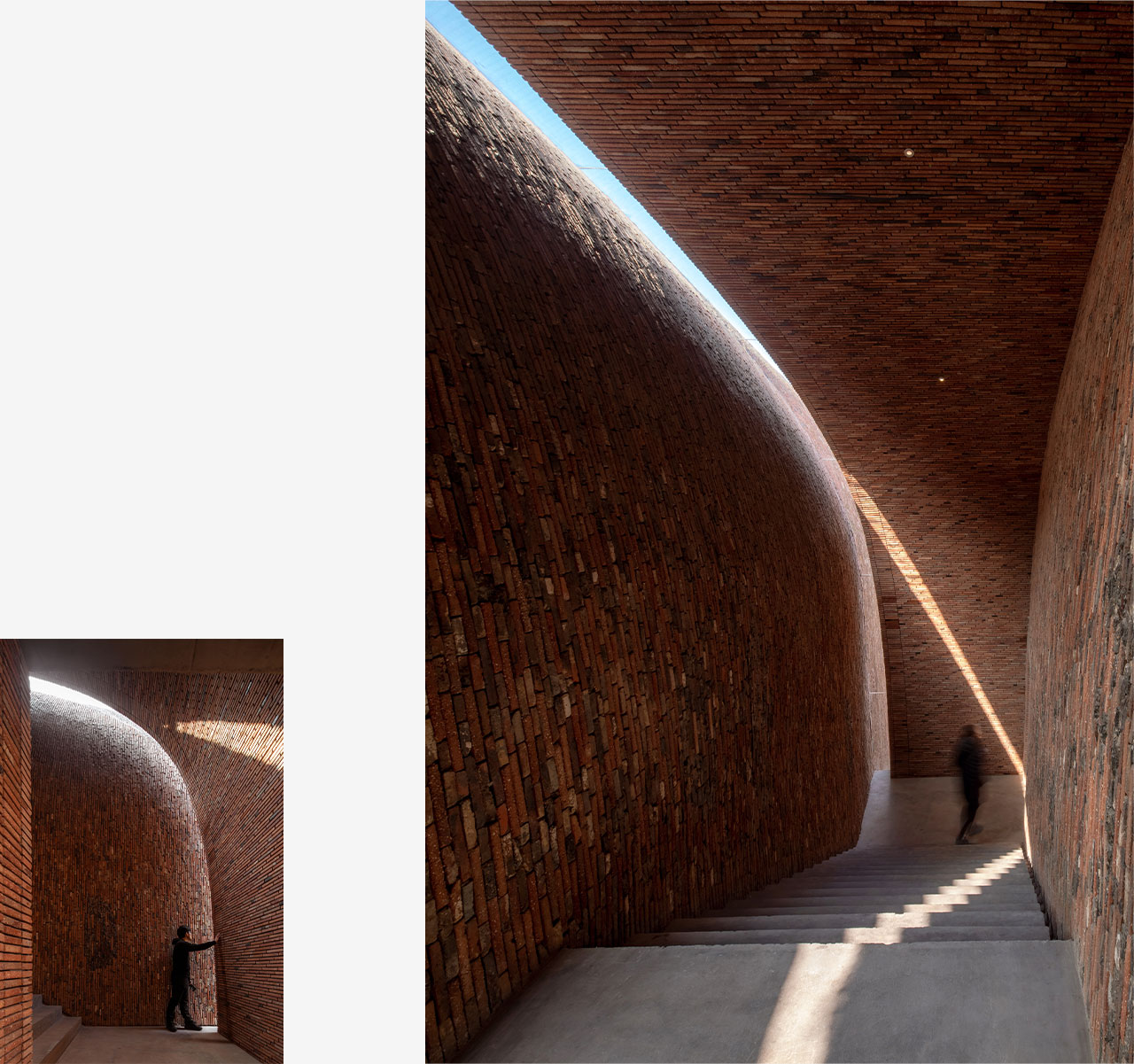
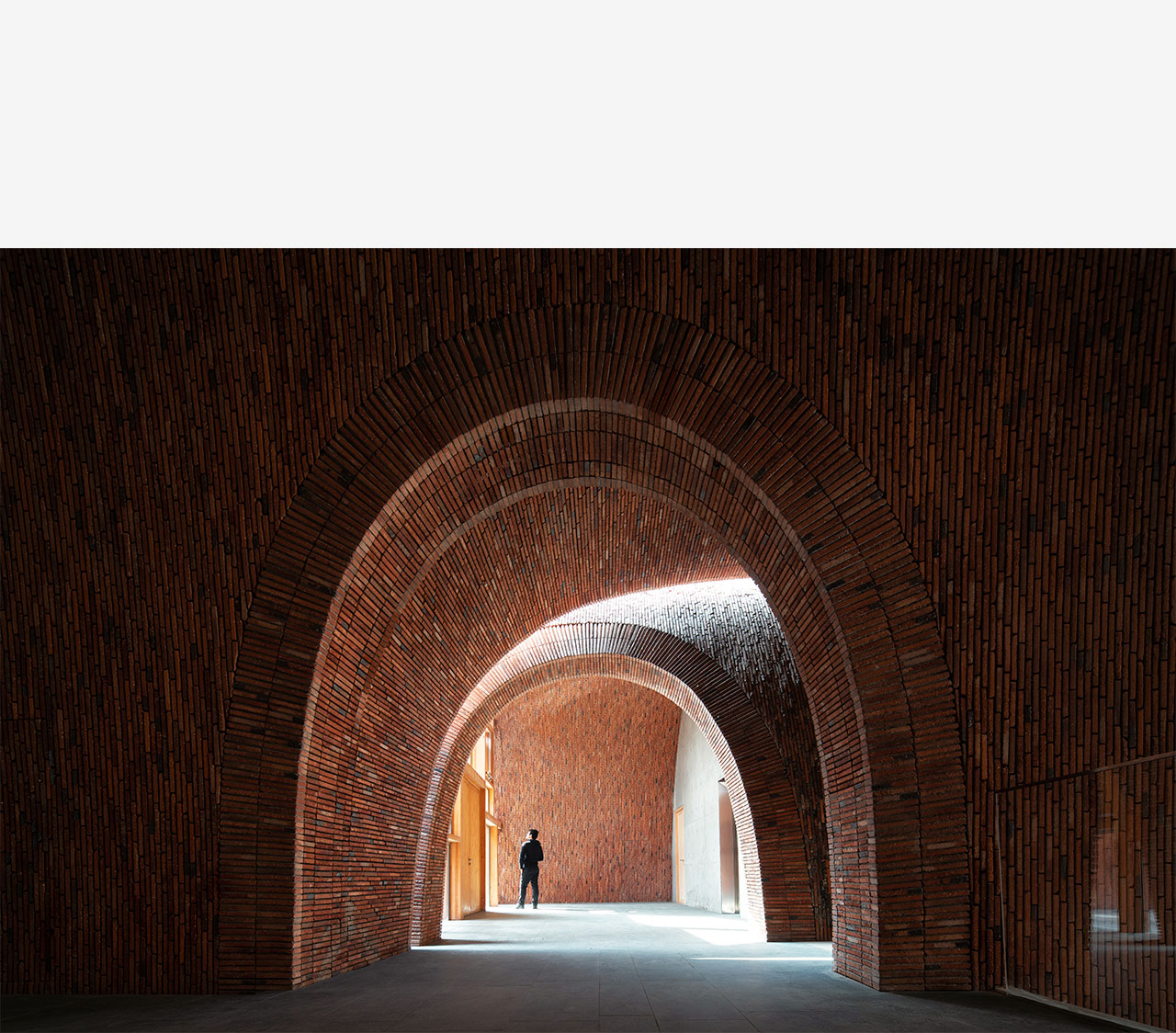
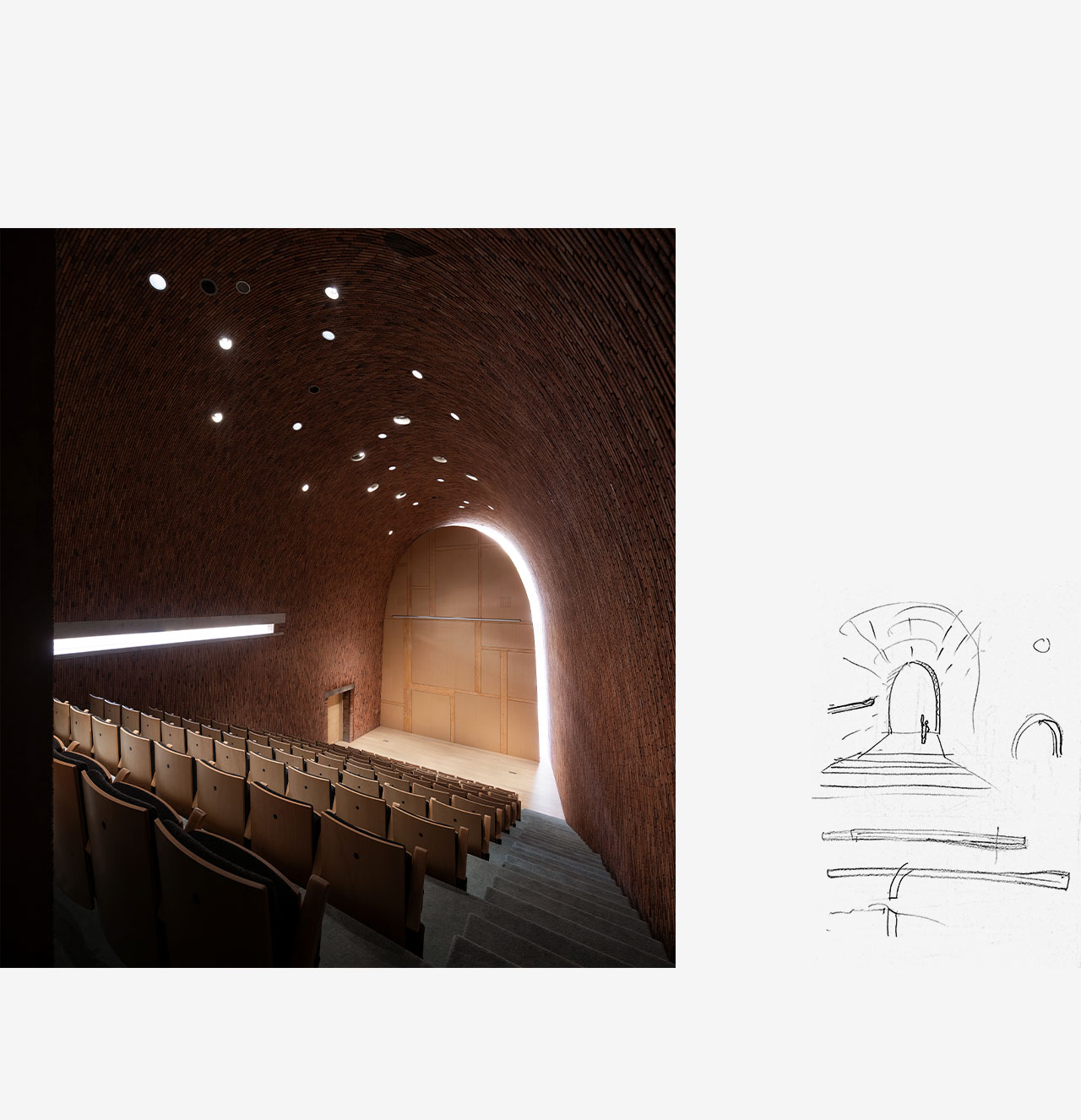
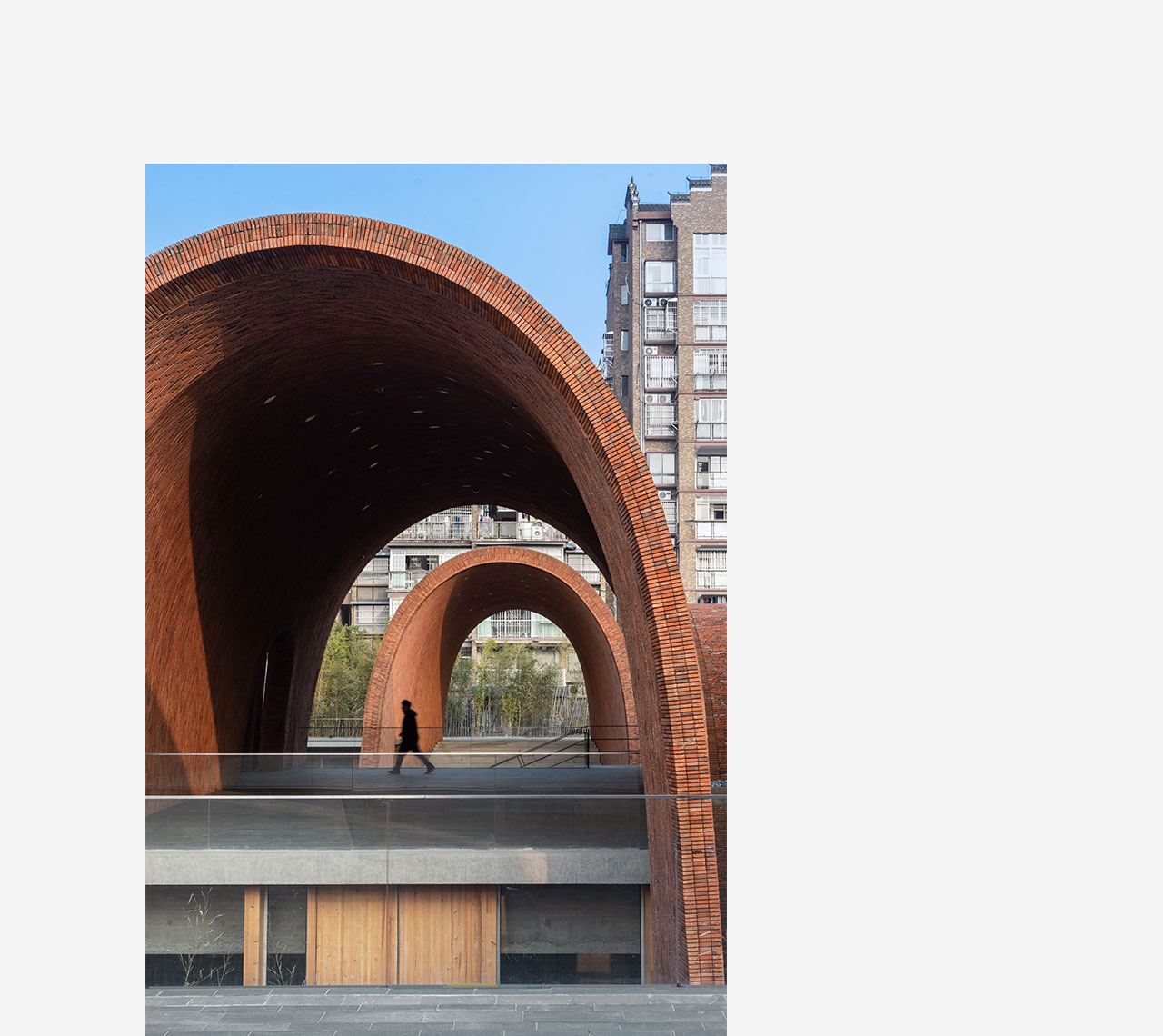
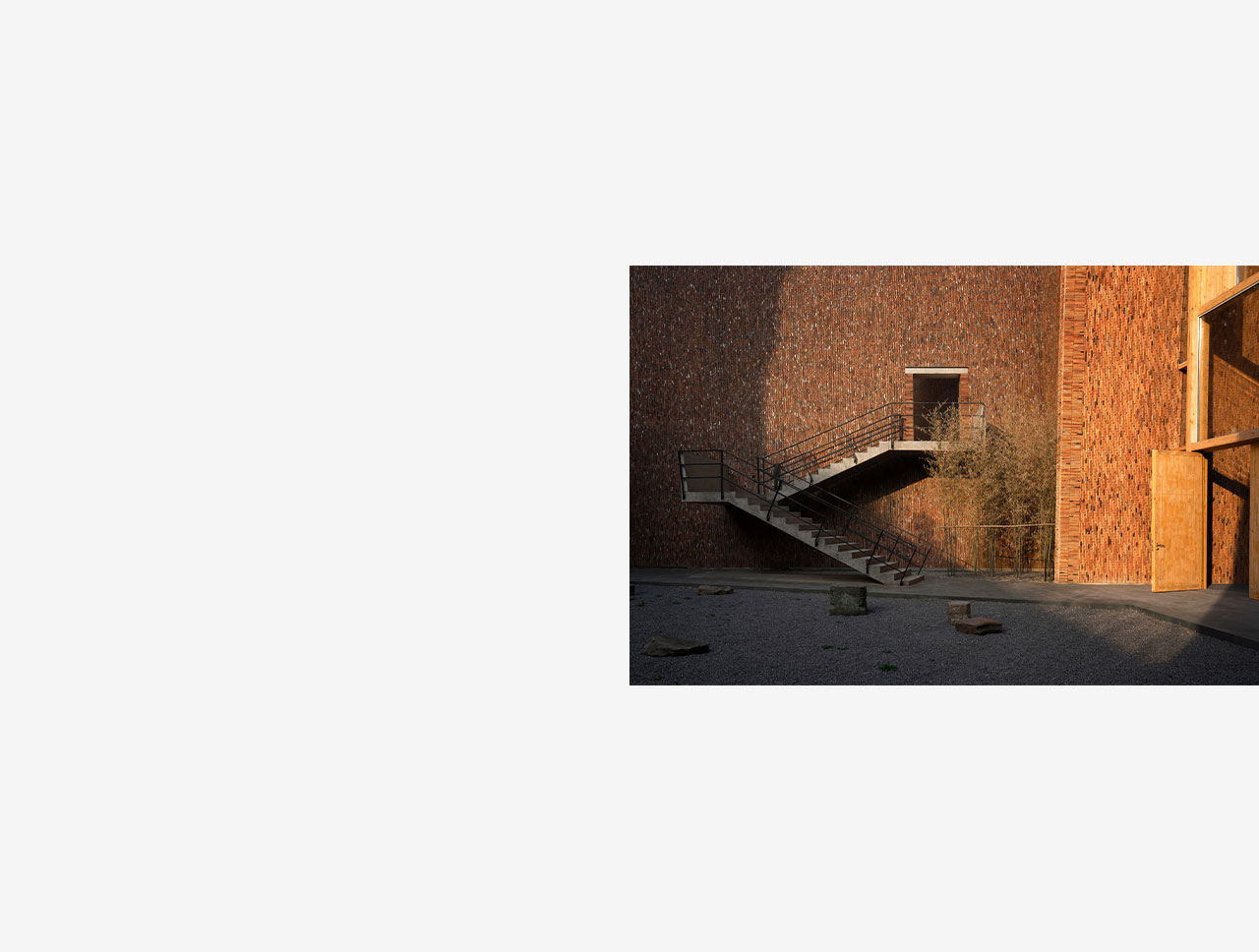
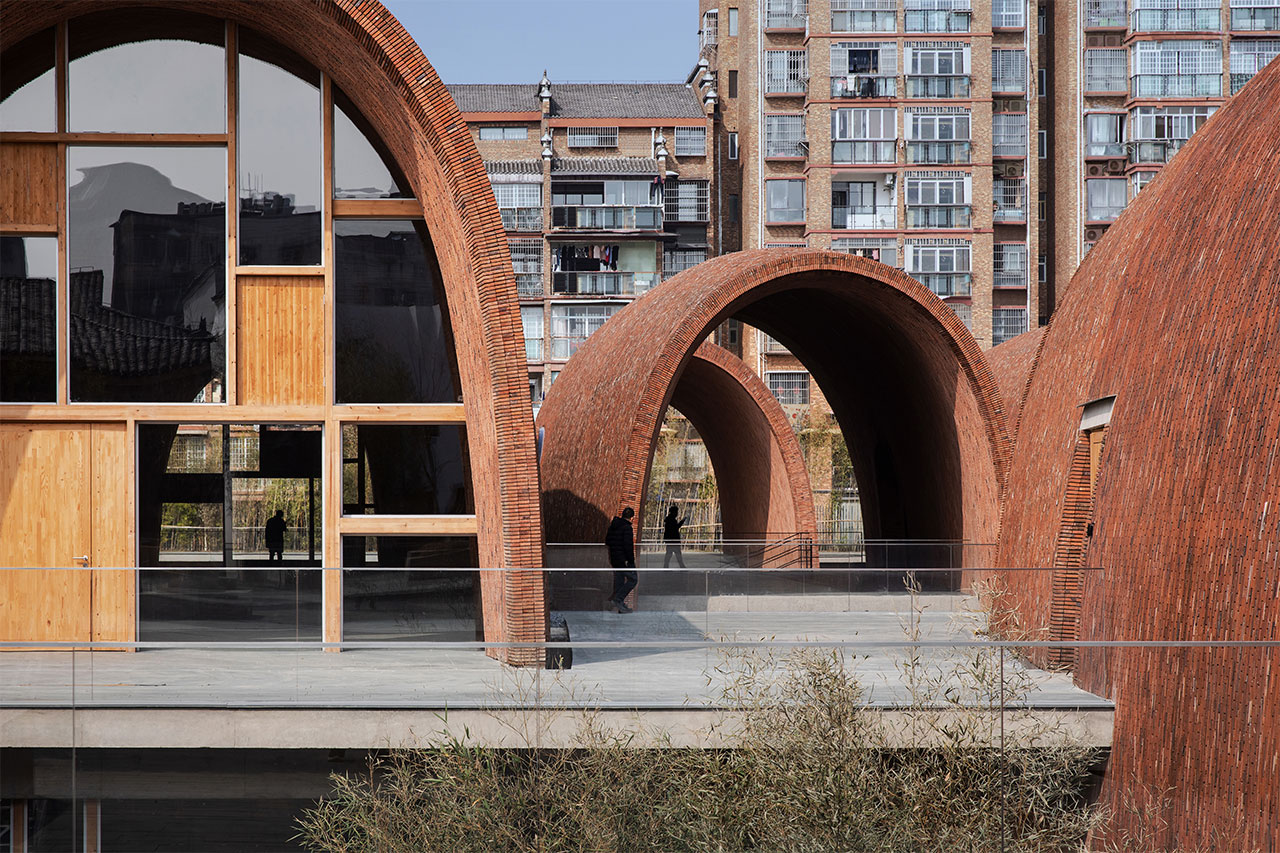
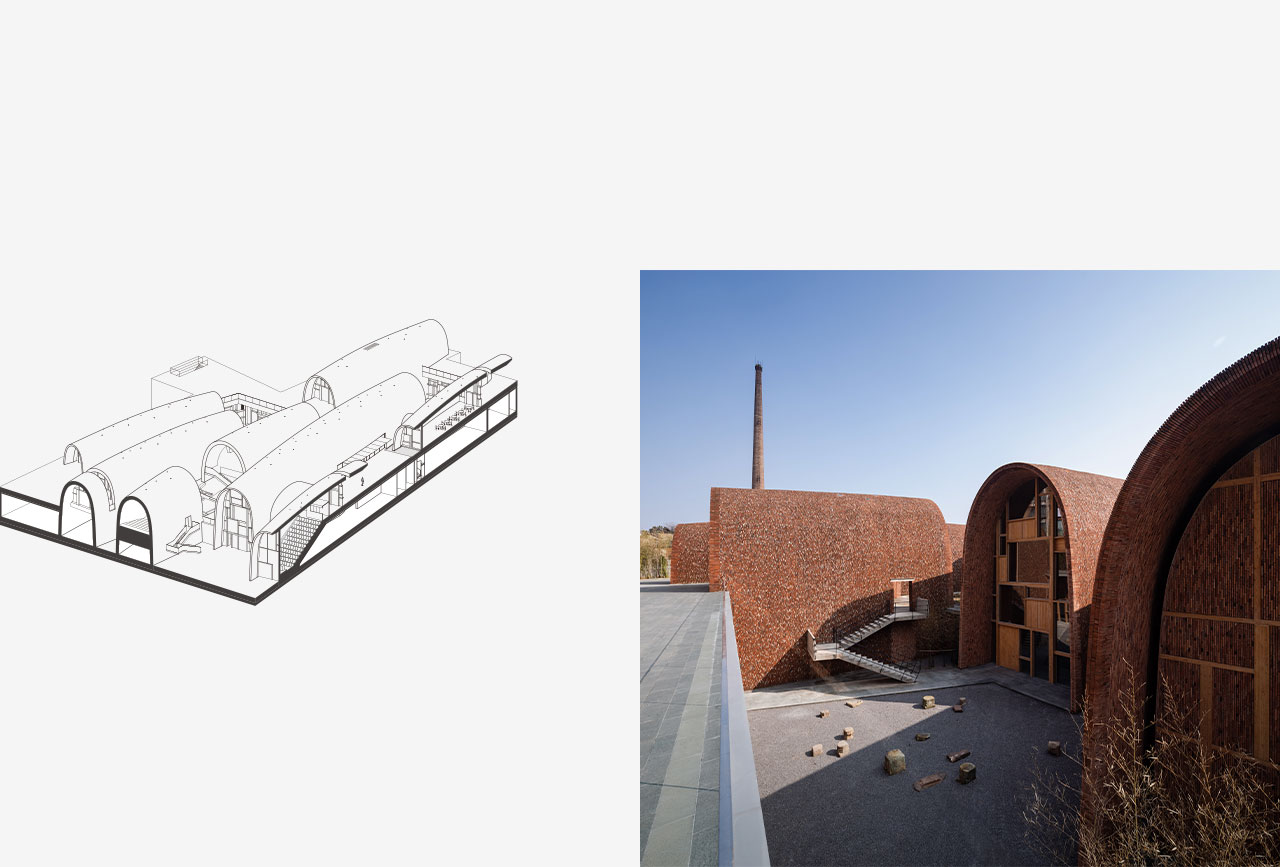
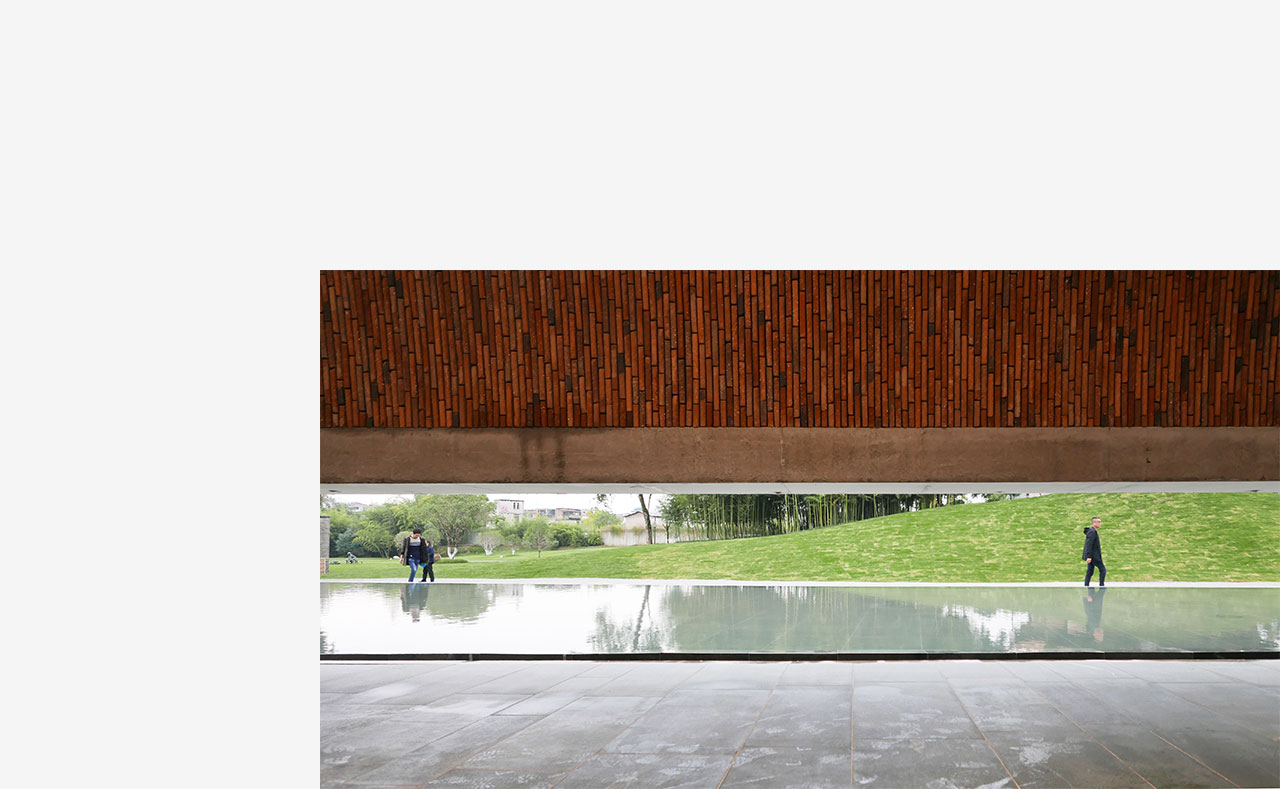
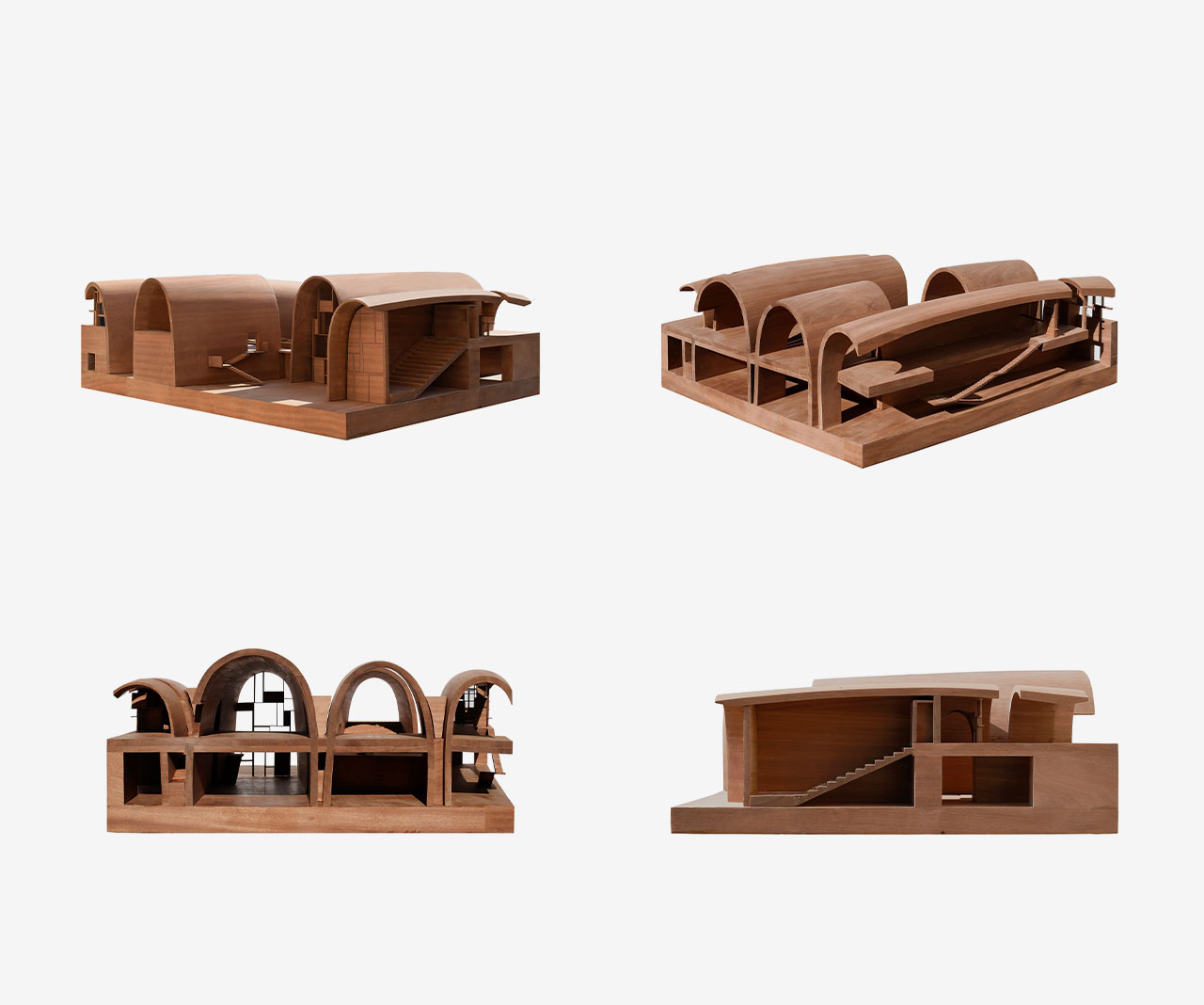
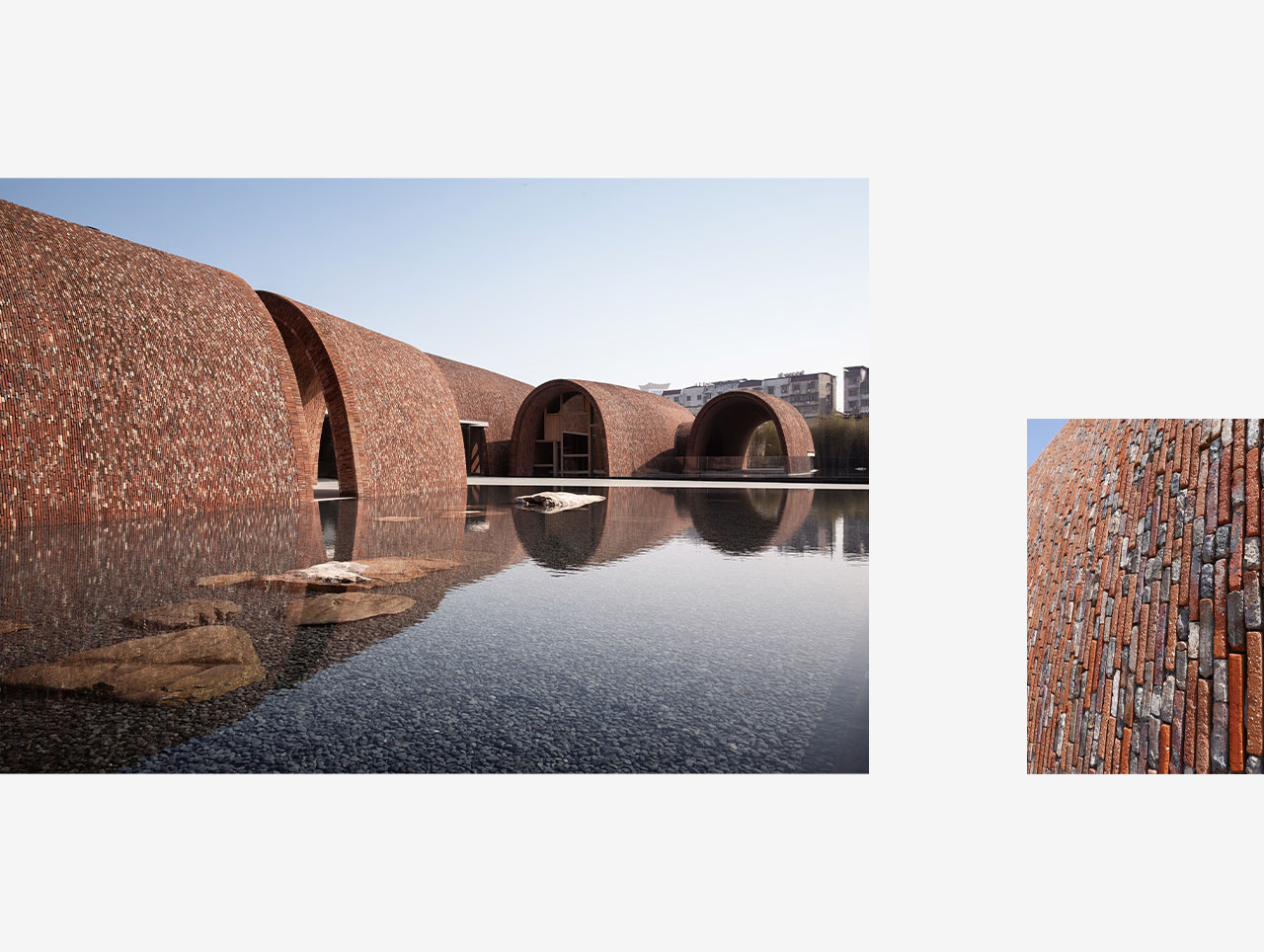
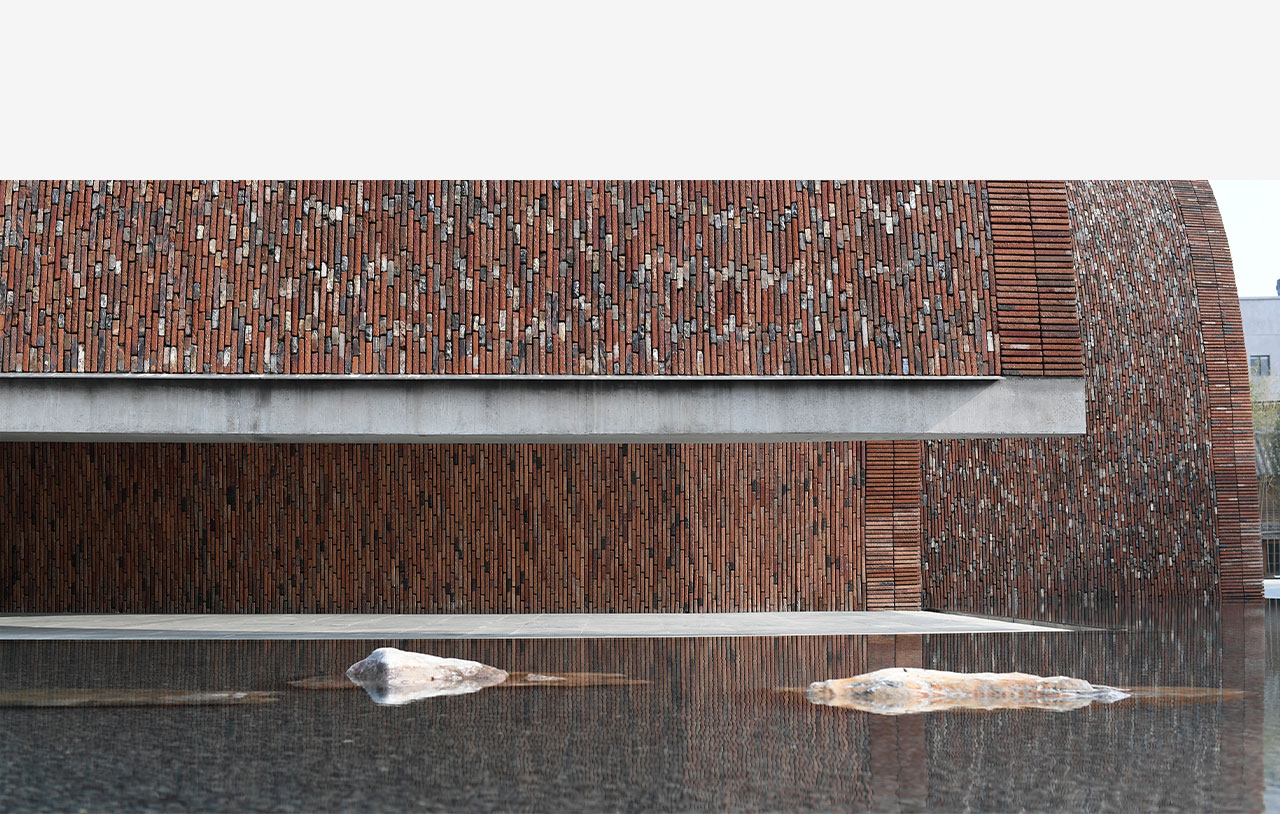
-
Design Year: 2016- 2017
Completion Year: 2020
Total Floor Area: 10,370sqm
Location:
187 Zhushan Middle Road,
Zhushan District, Jingdezhen City, Jiangxi Province, China
Architecture, Interior and Landscape Design:
Studio Zhu Pei
Design in Charge:
Zhu Pei
Consultants:
Critic:
Zhou Rong
Art Consultants:
Wang Mingxian, Li Xiangning
Design Team:
Shuhei Nakamura, He Fan,
Han Mo, You Changchen,
Zhang Shun, Liu Yian,
Liu Ling, Wu Zhigang, Du Yang,
Yang Shengchen, Chen Yida,
He Chenglong, Ding Xinyue,
Nie Wenhao
-
Cooperative Design in Architecture and Landscape:
Architectural Design and Research Institute of Tsinghua University
Cooperative Design in Interior and Exhibition:
Beijing Qingshang Architectural Ornamental Engineering CO., LTD.
Academy of Arts & Design, Tsinghua University
Structural, MEP and Green Building Consultant:
Architectural Design and Research Institute of Tsinghua University
Façades Consultant:
Shenzhen Dadi Facade Technology CO., LTD.
Lighting Consultant:
Ning Field Lighting Design CO., LTD.
Acoustics:
Building Science & Technology Institute, Zhejiang University
Showcase:
Sichuan Province Clicknetherfield Exhibition and Display Co., LTD.
-
Client:
Jingdezhen Municipal Bureau of Culture Radio Television Press Publication and Tourism,
Jingdezhen Ceramic Culture Tourism Group
General Contractor:
China Construction First Group Corporation Limited,
Huajiang Construction CO., LTD of China Construction First Group
Photography by schranimage, Tian Fangfang, Zhang Qinquan, Studio Zhu Pei
